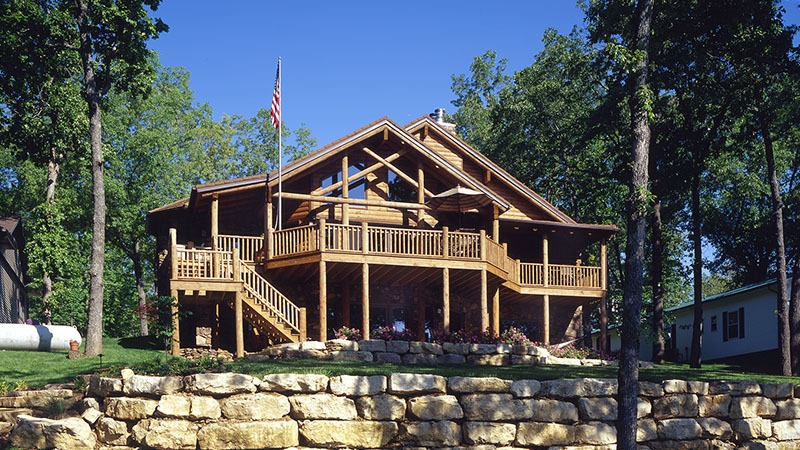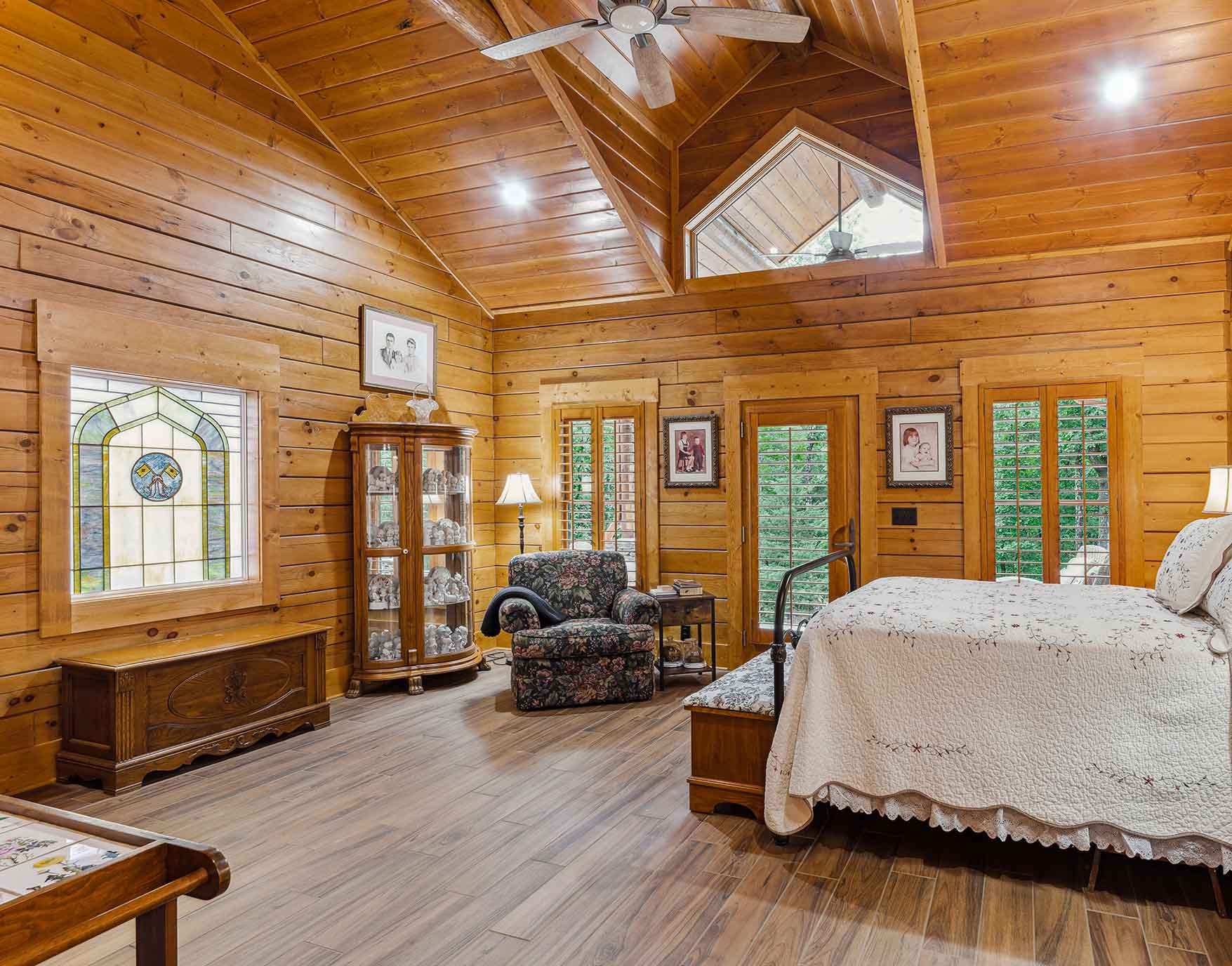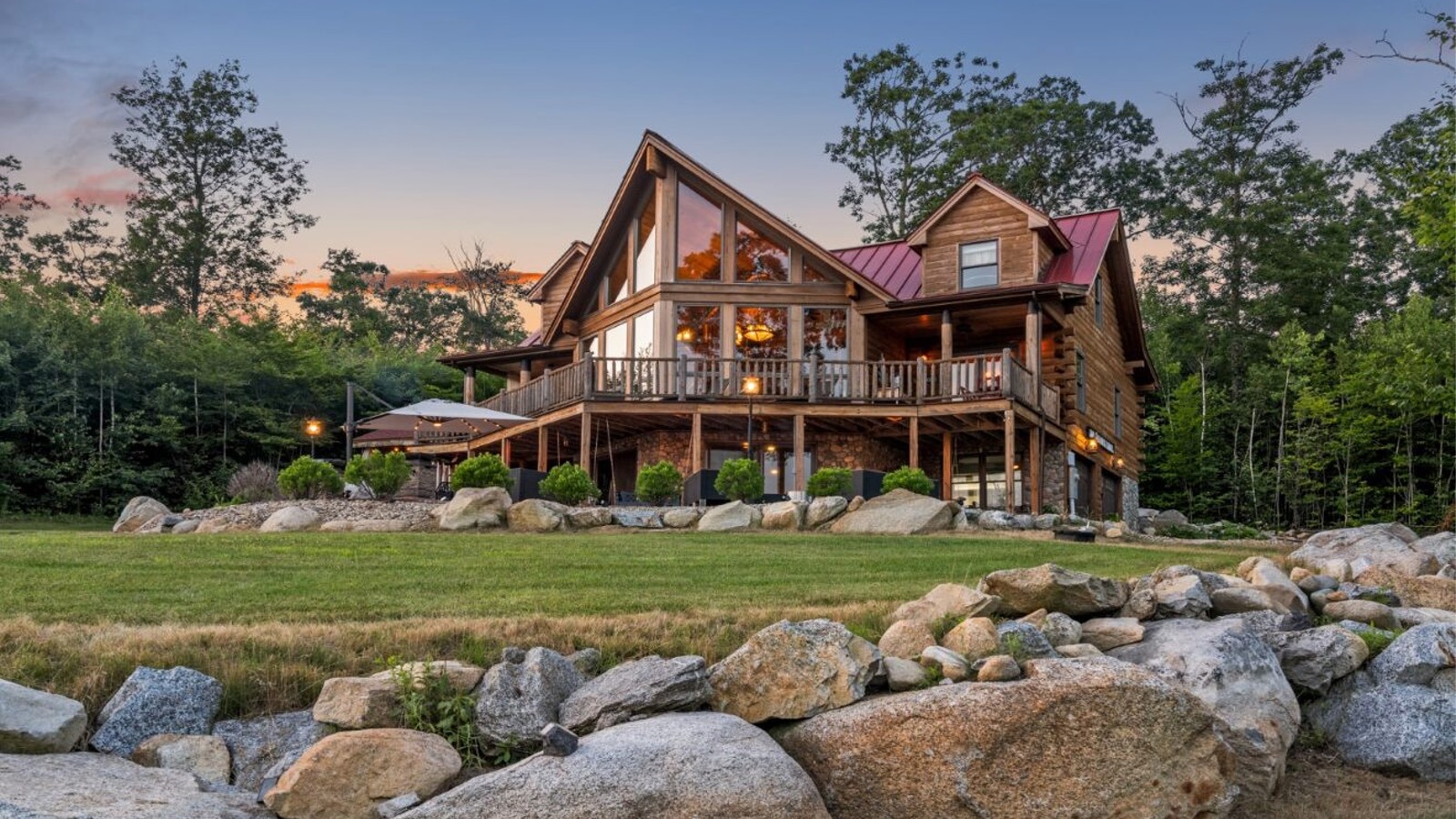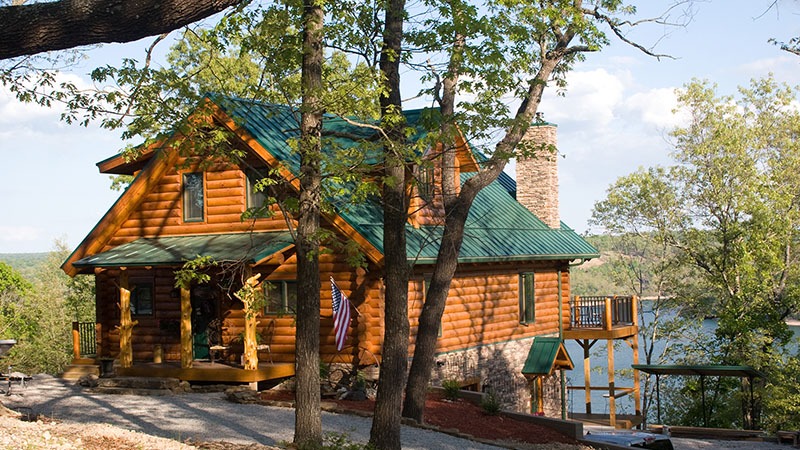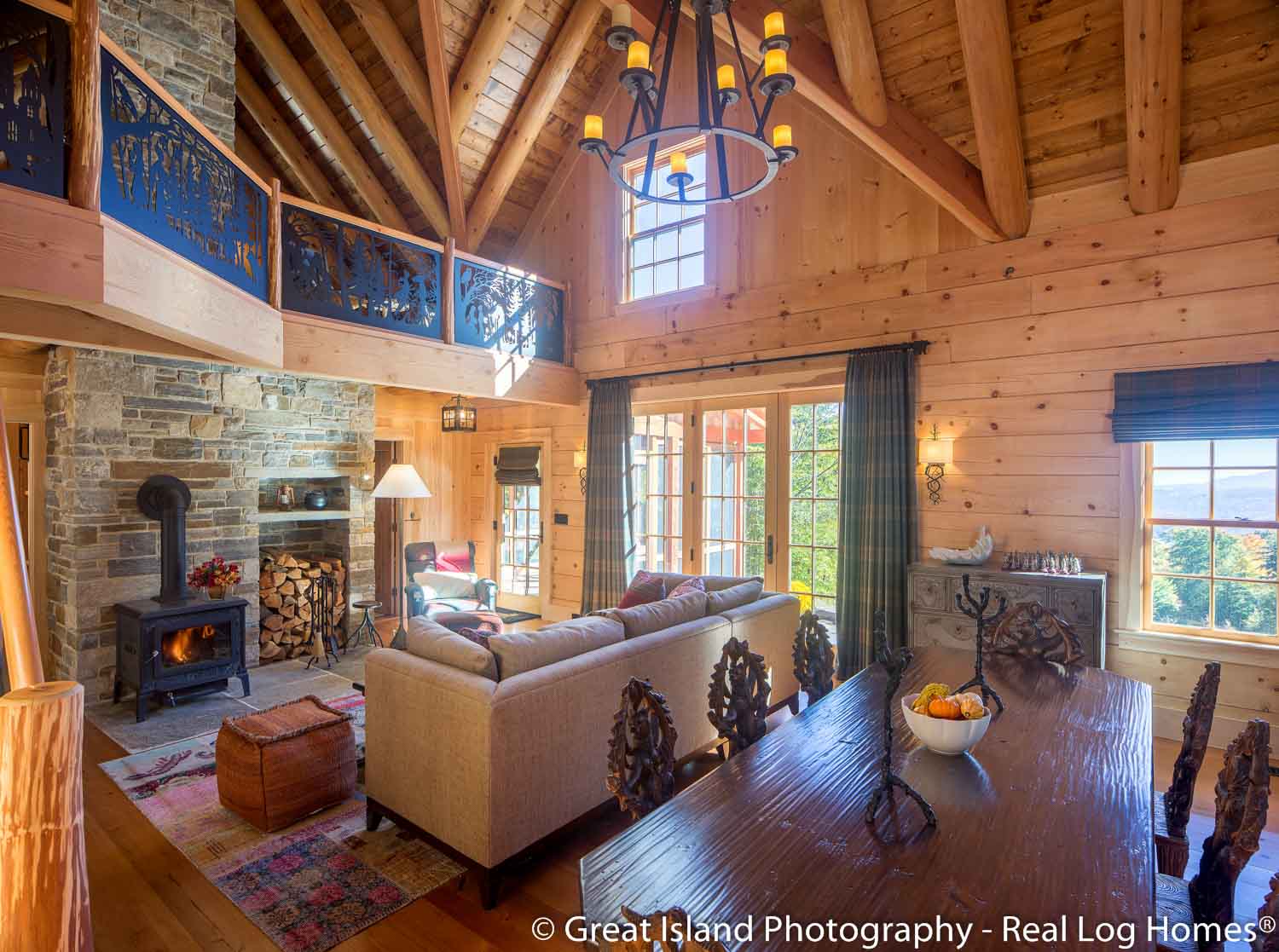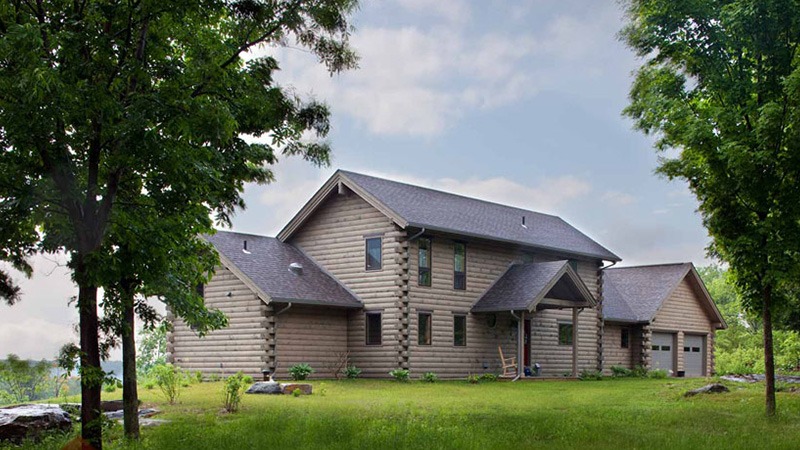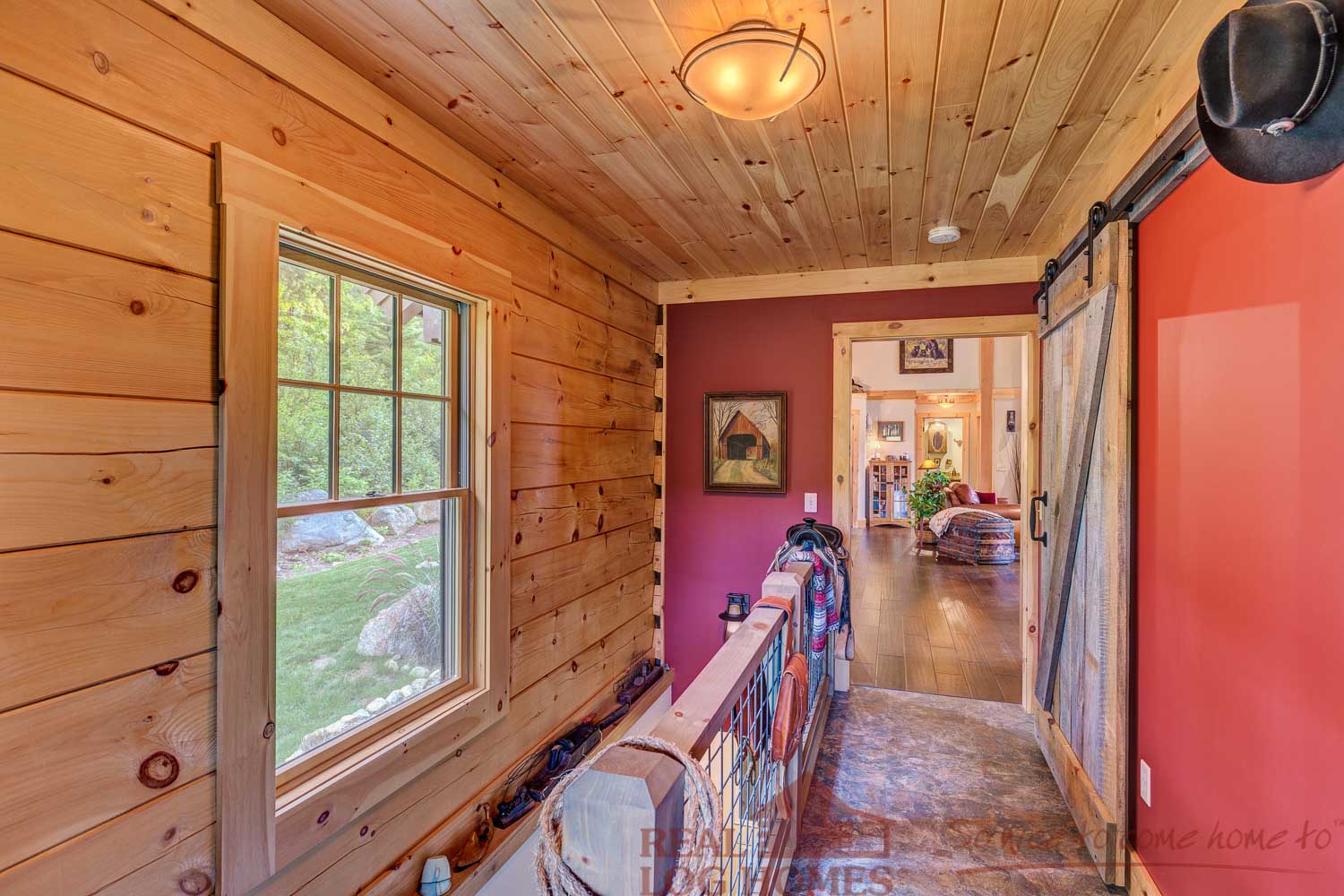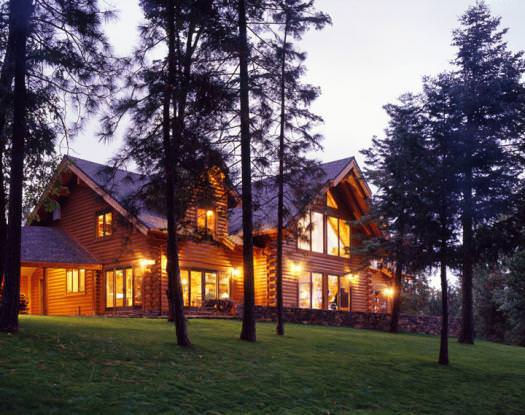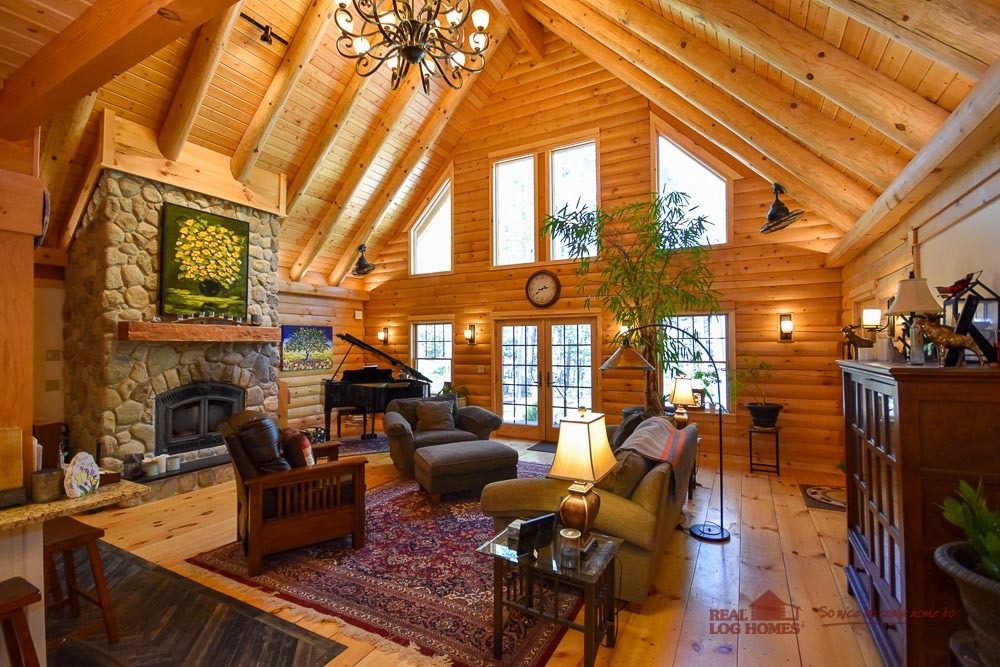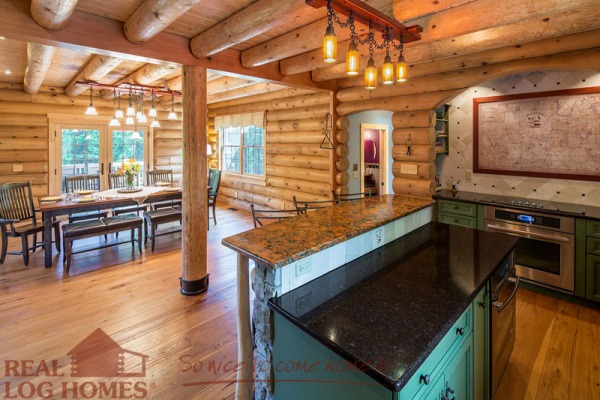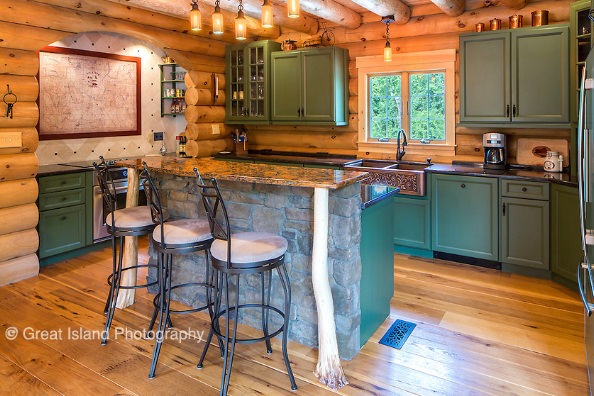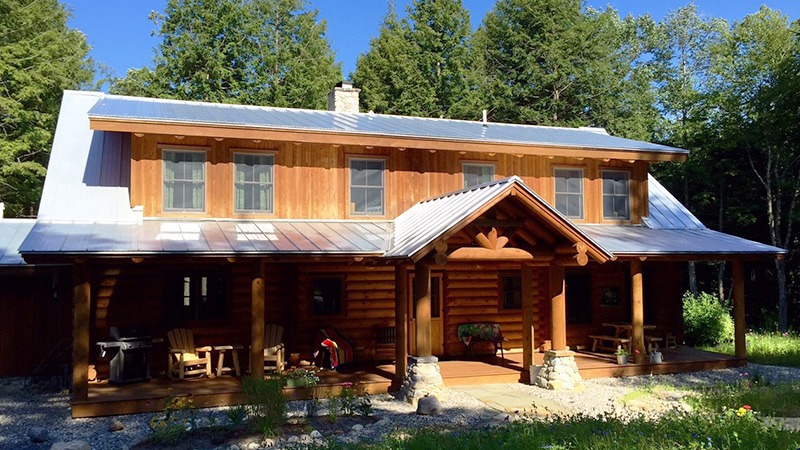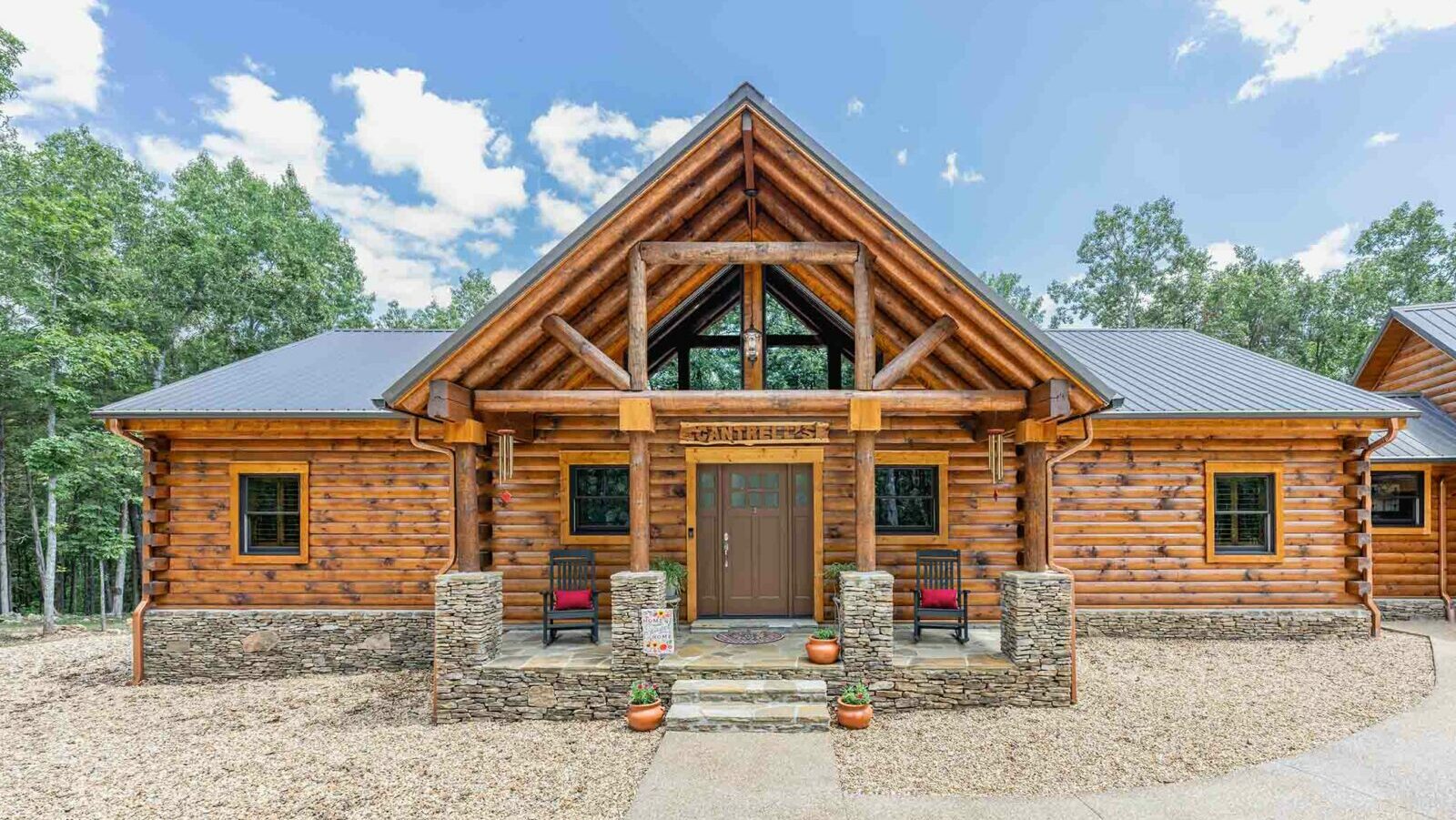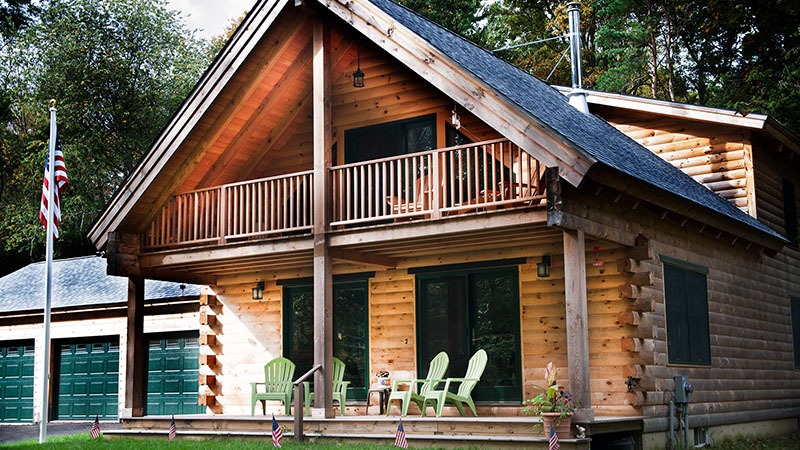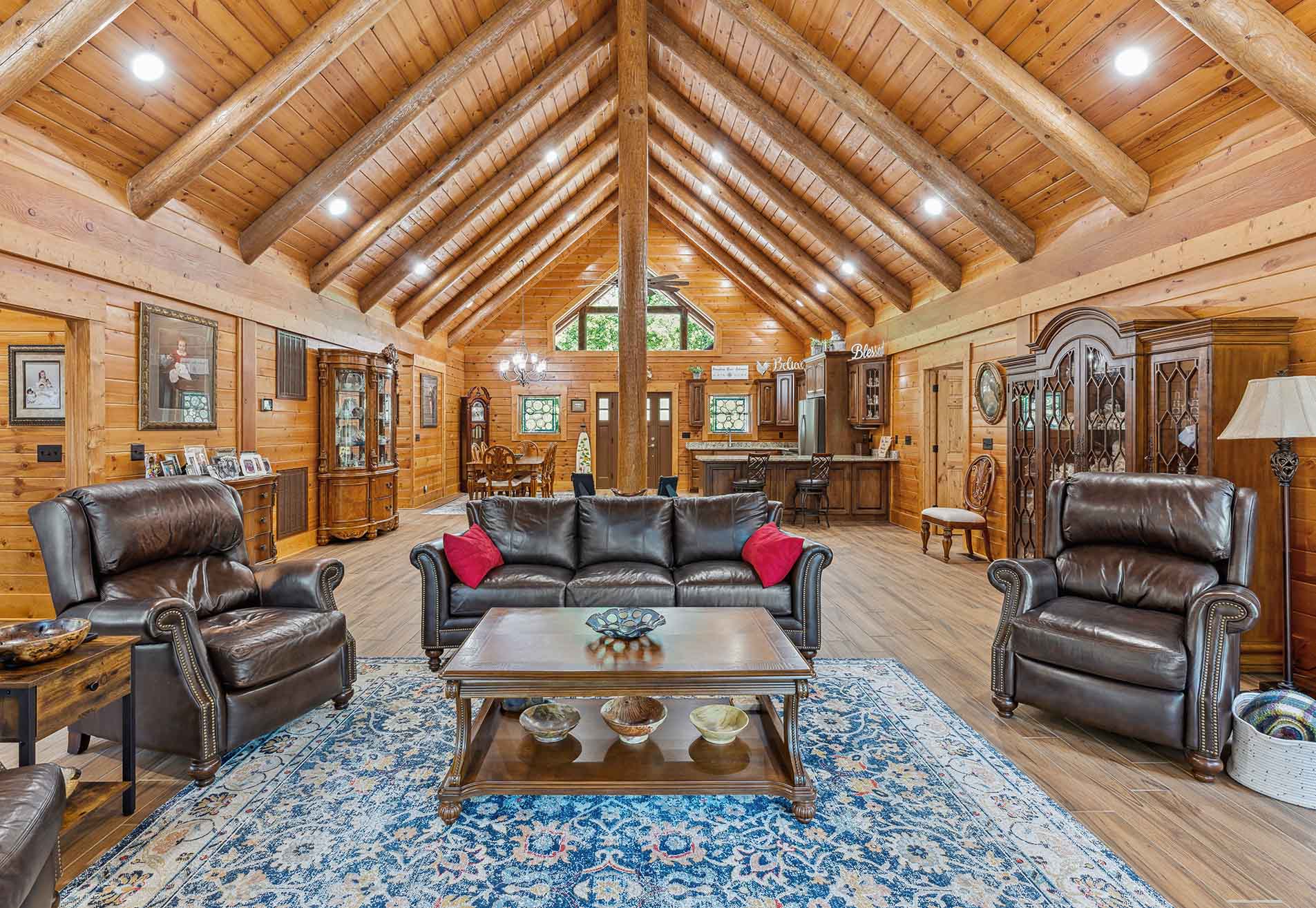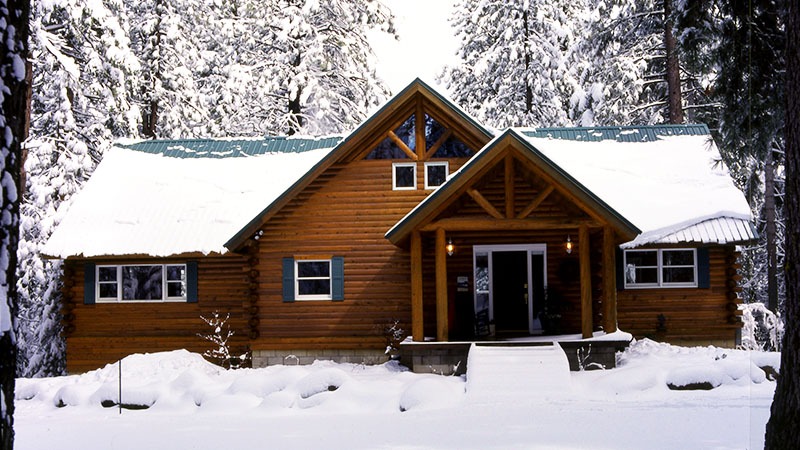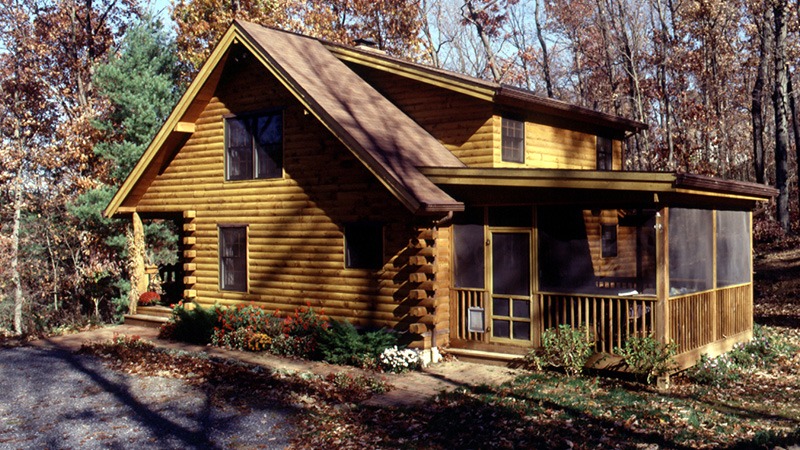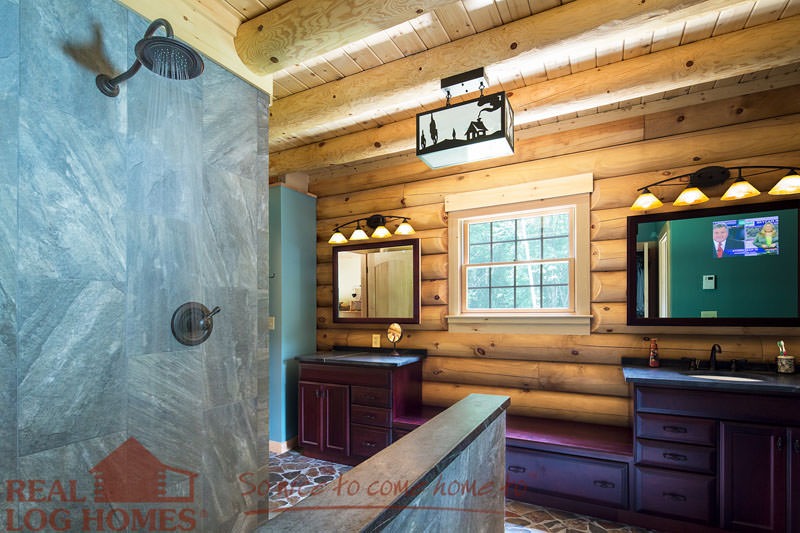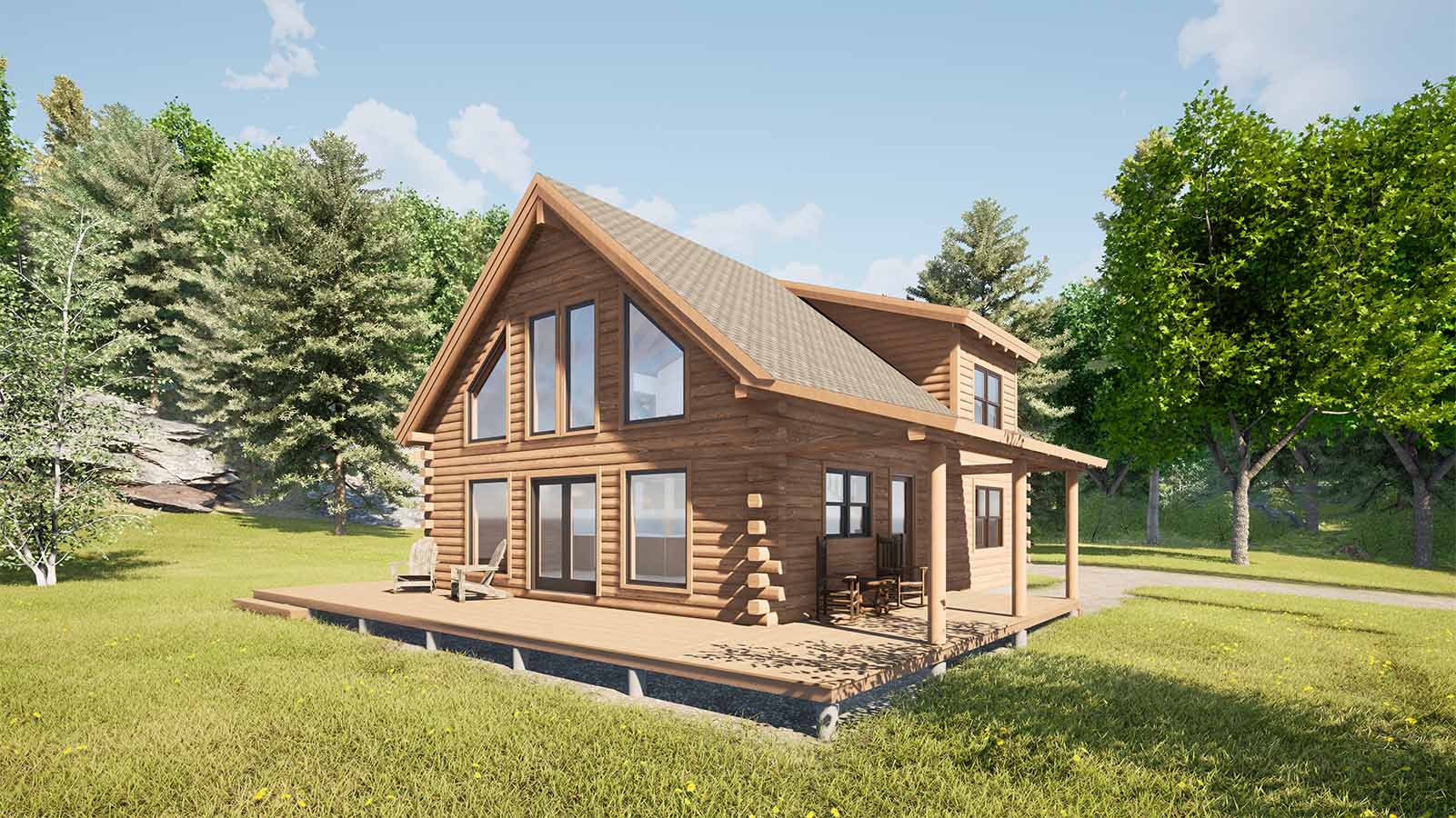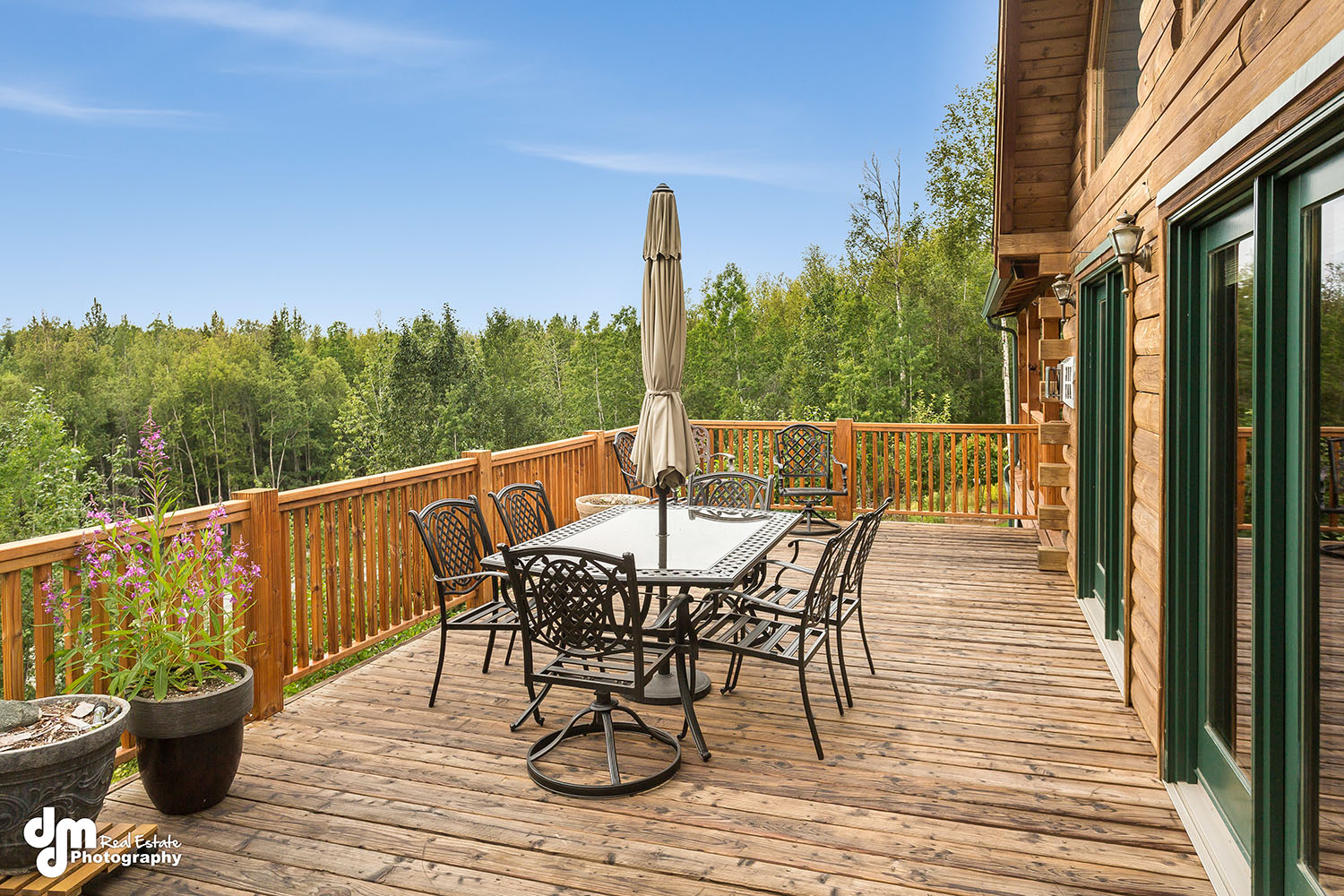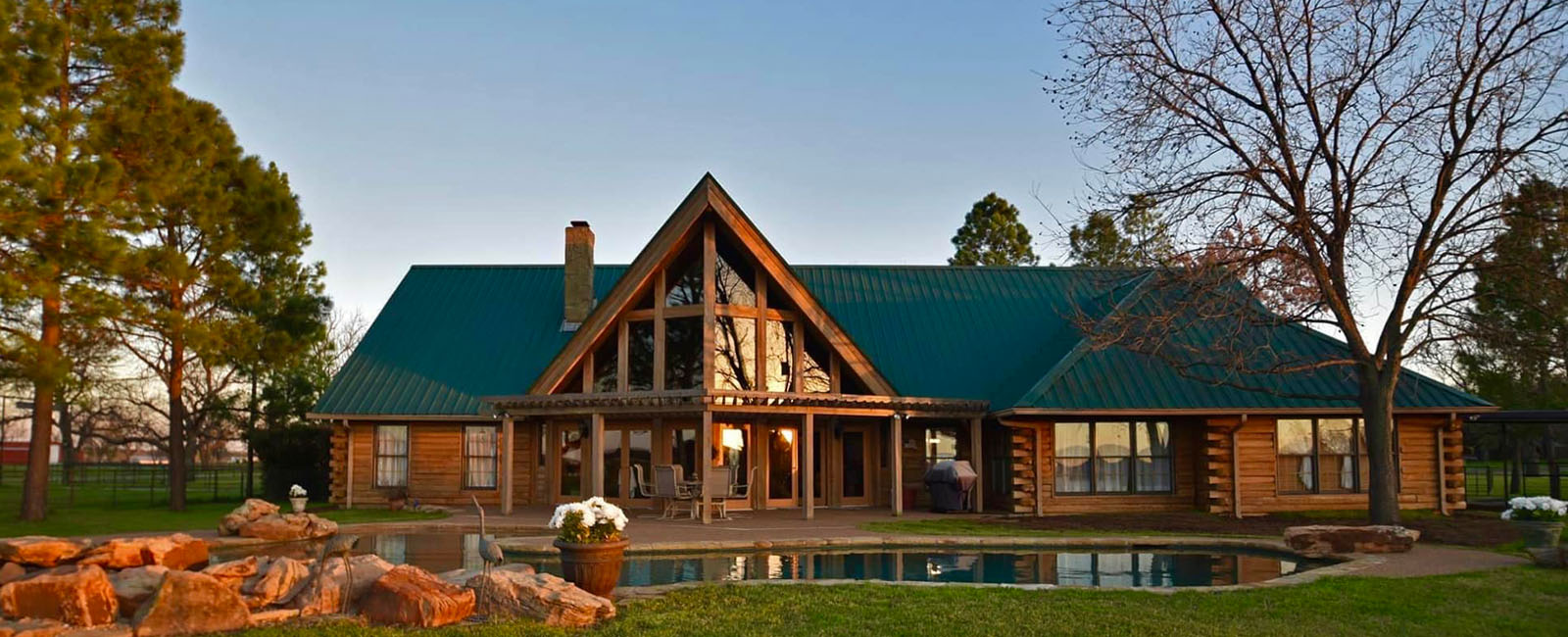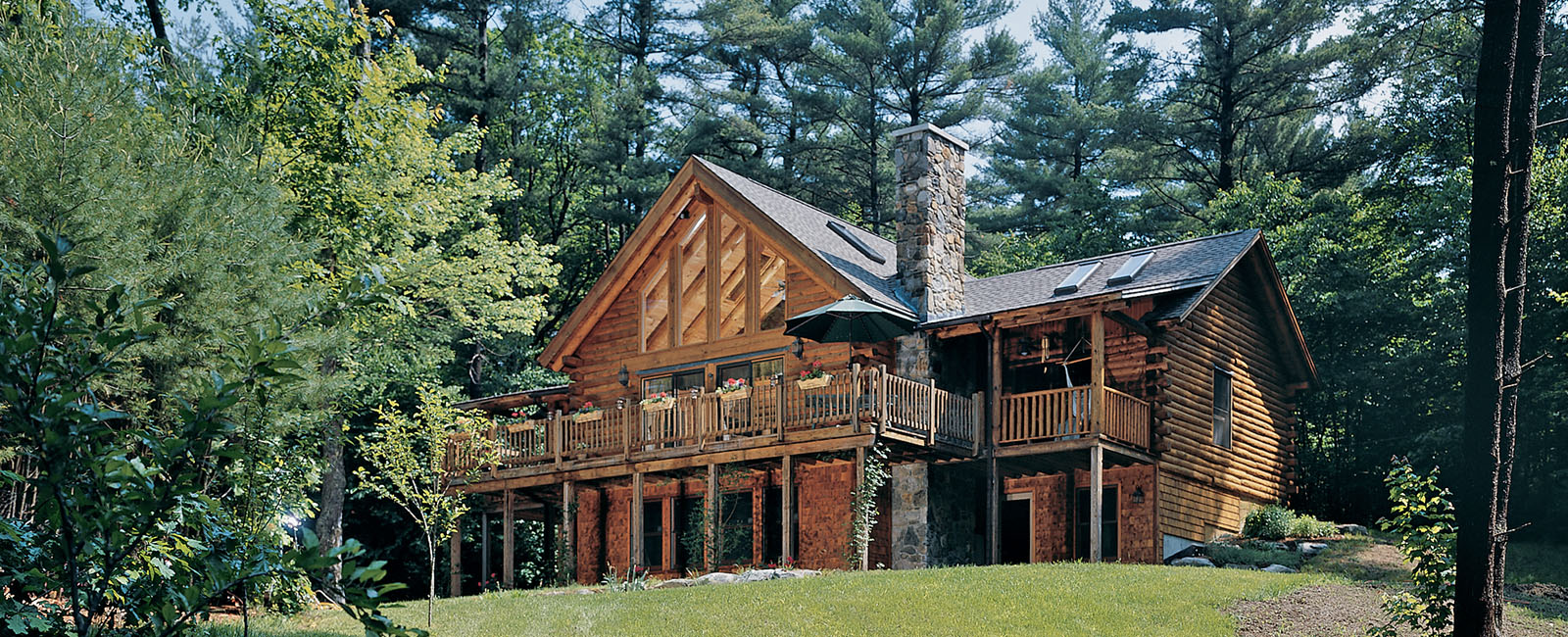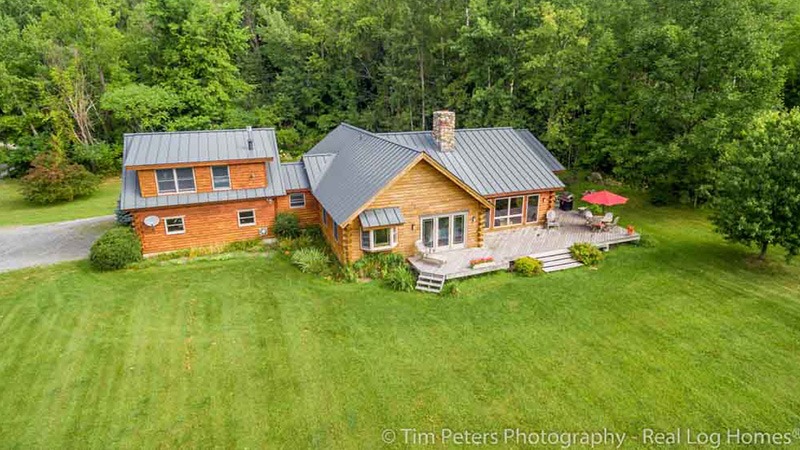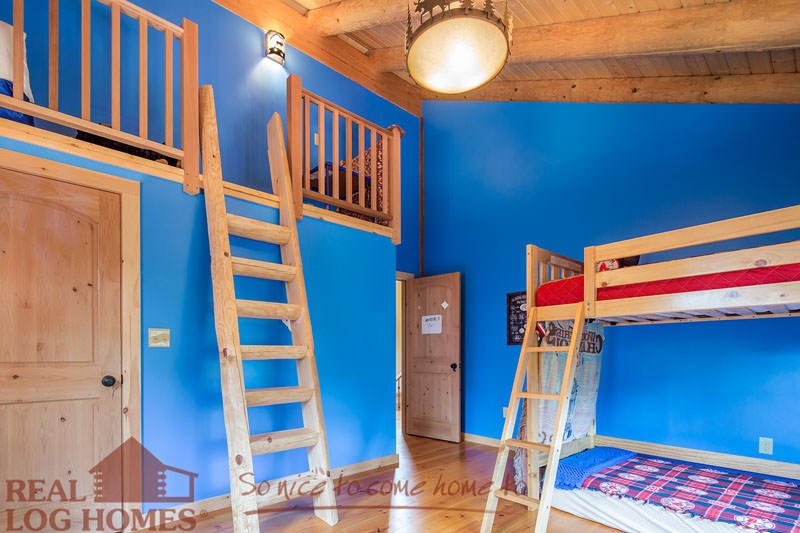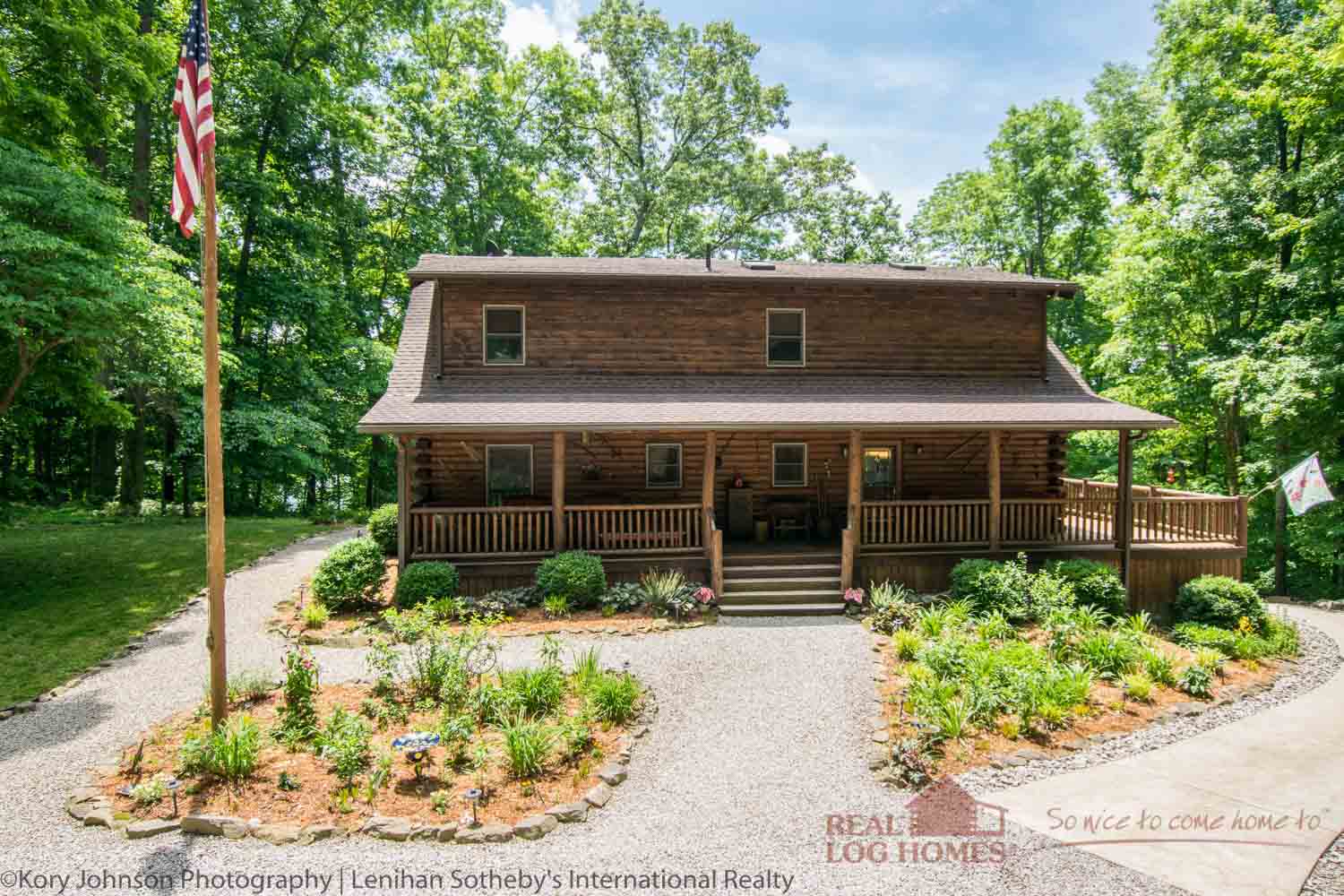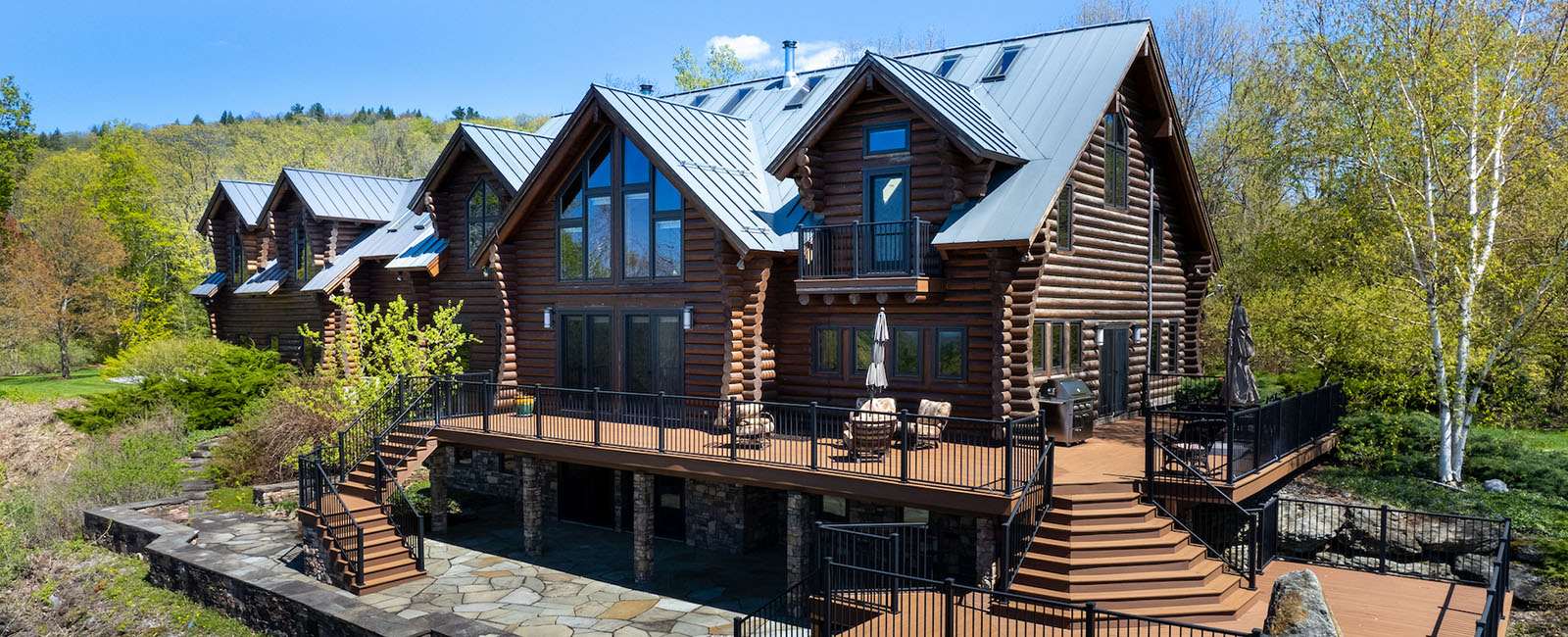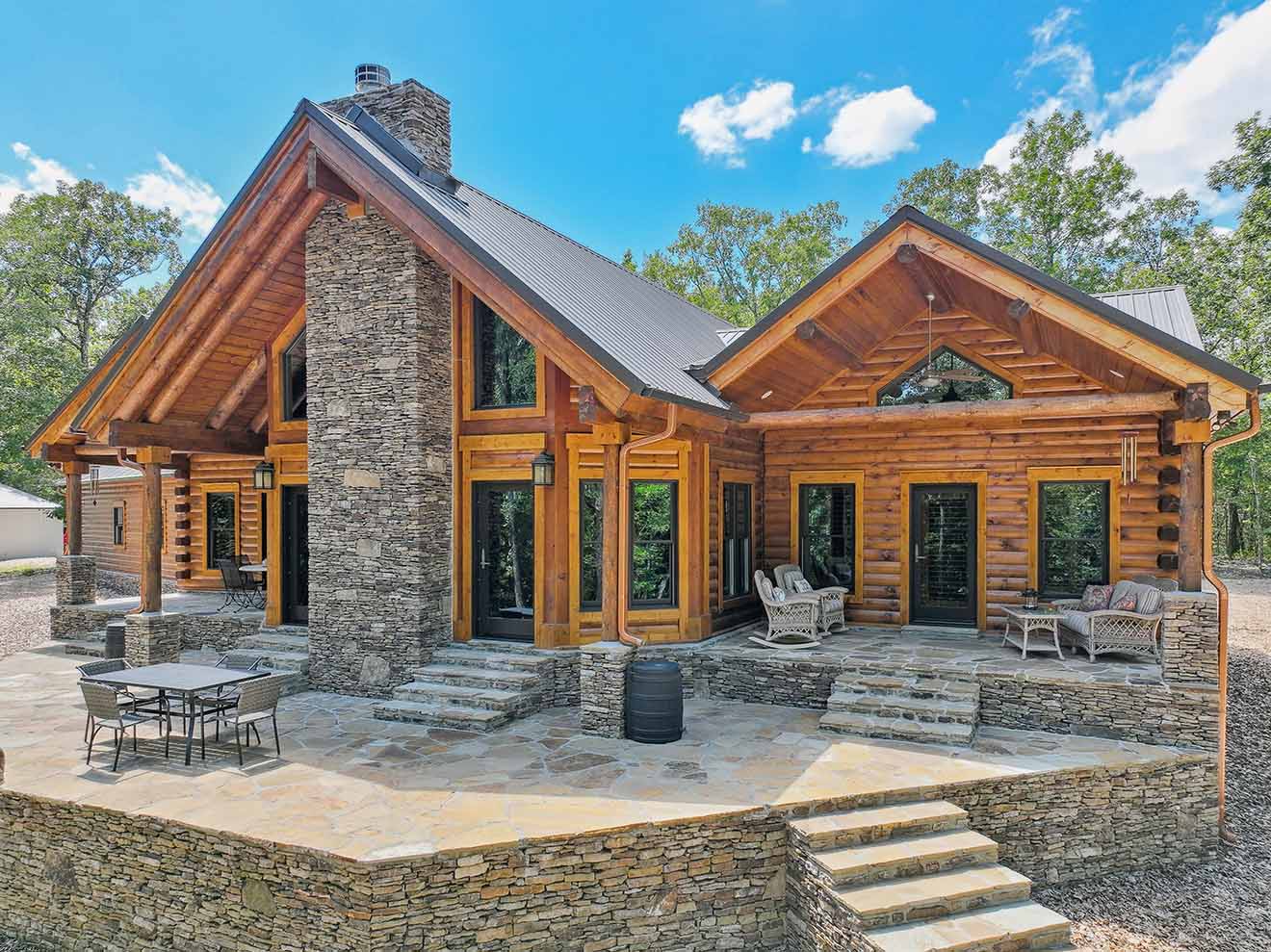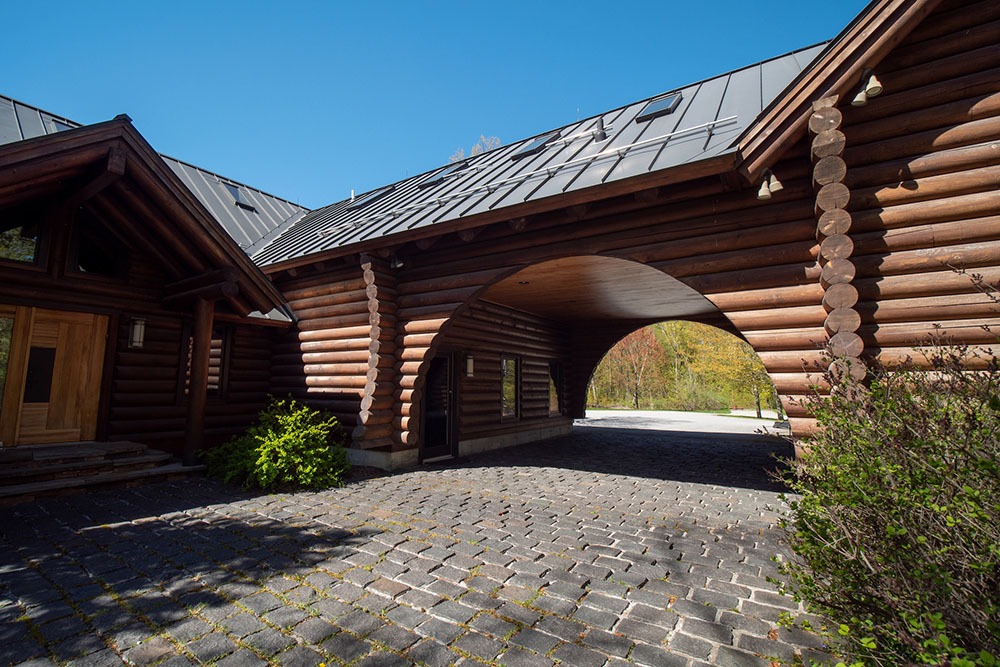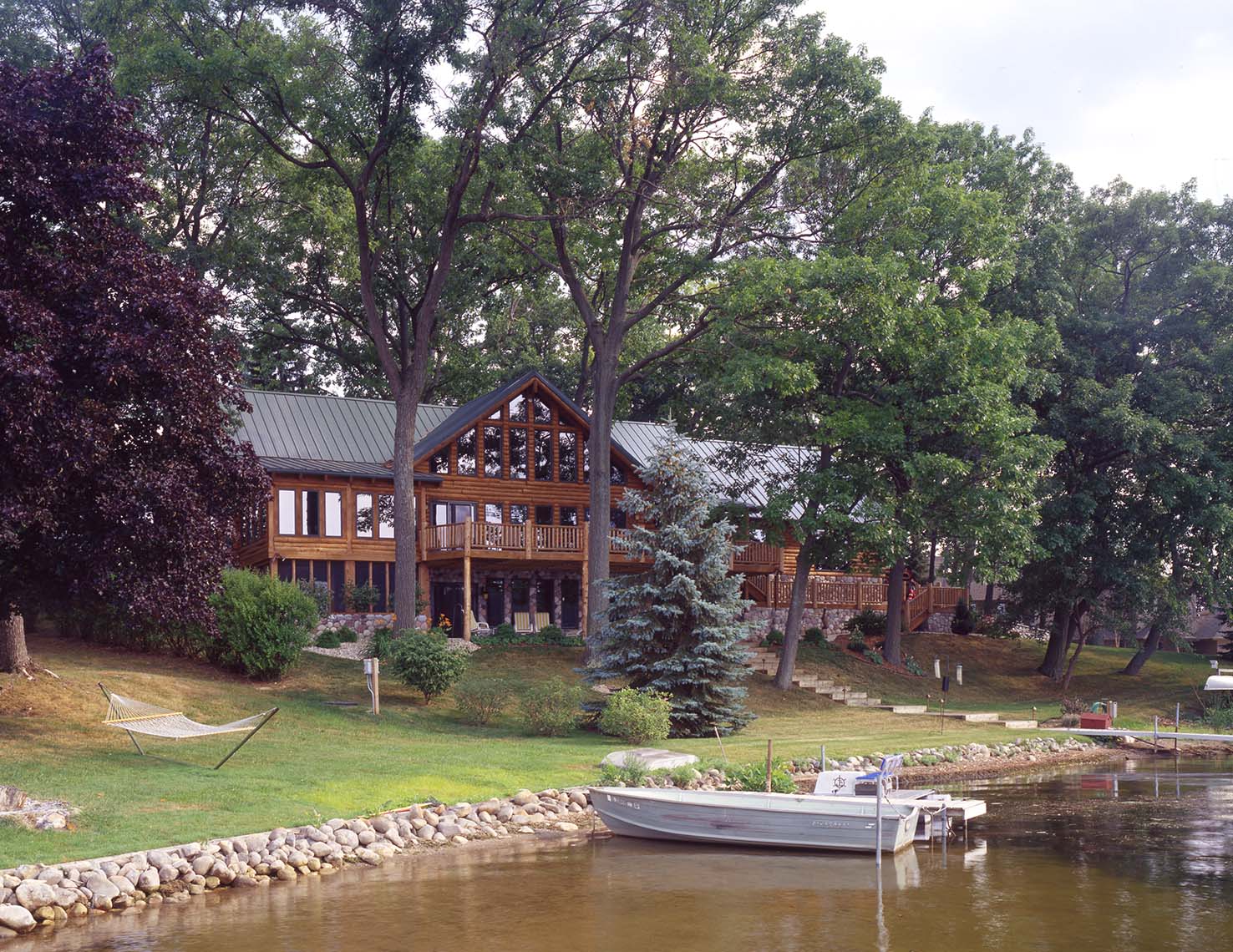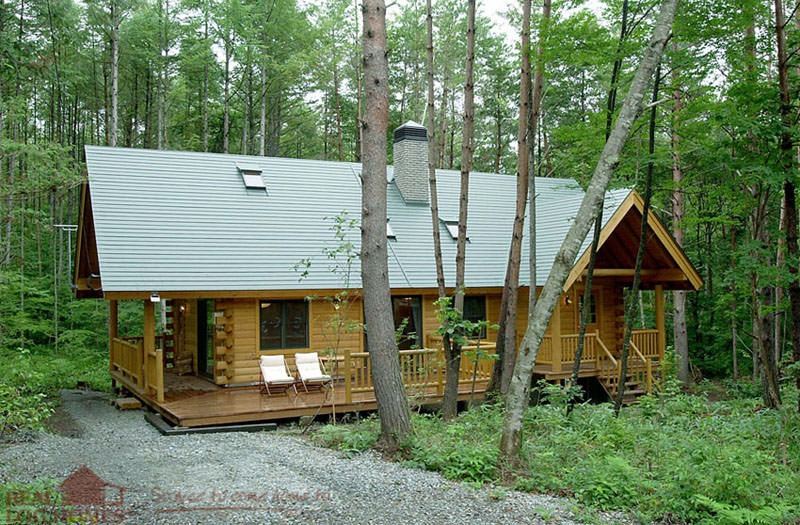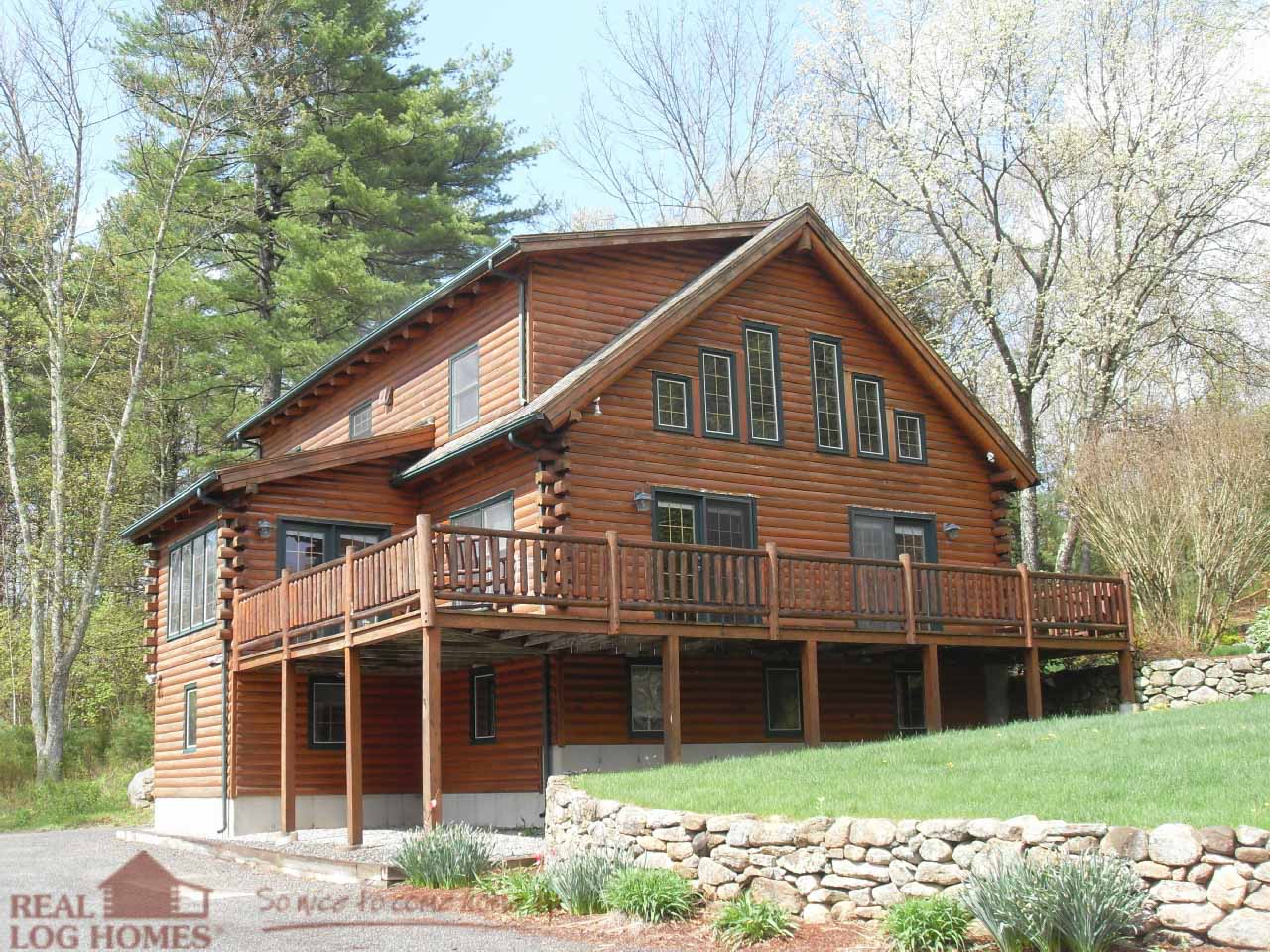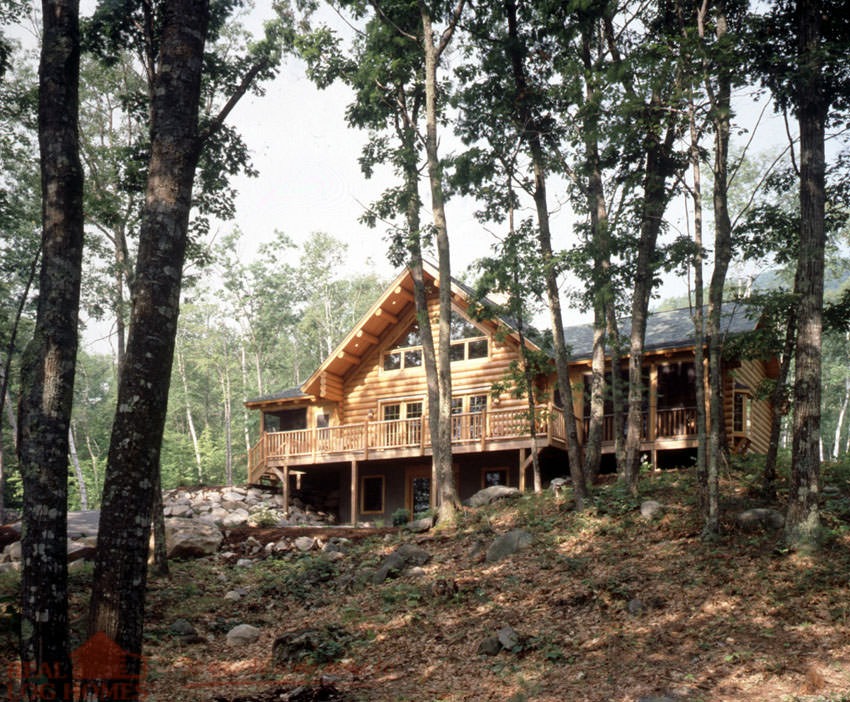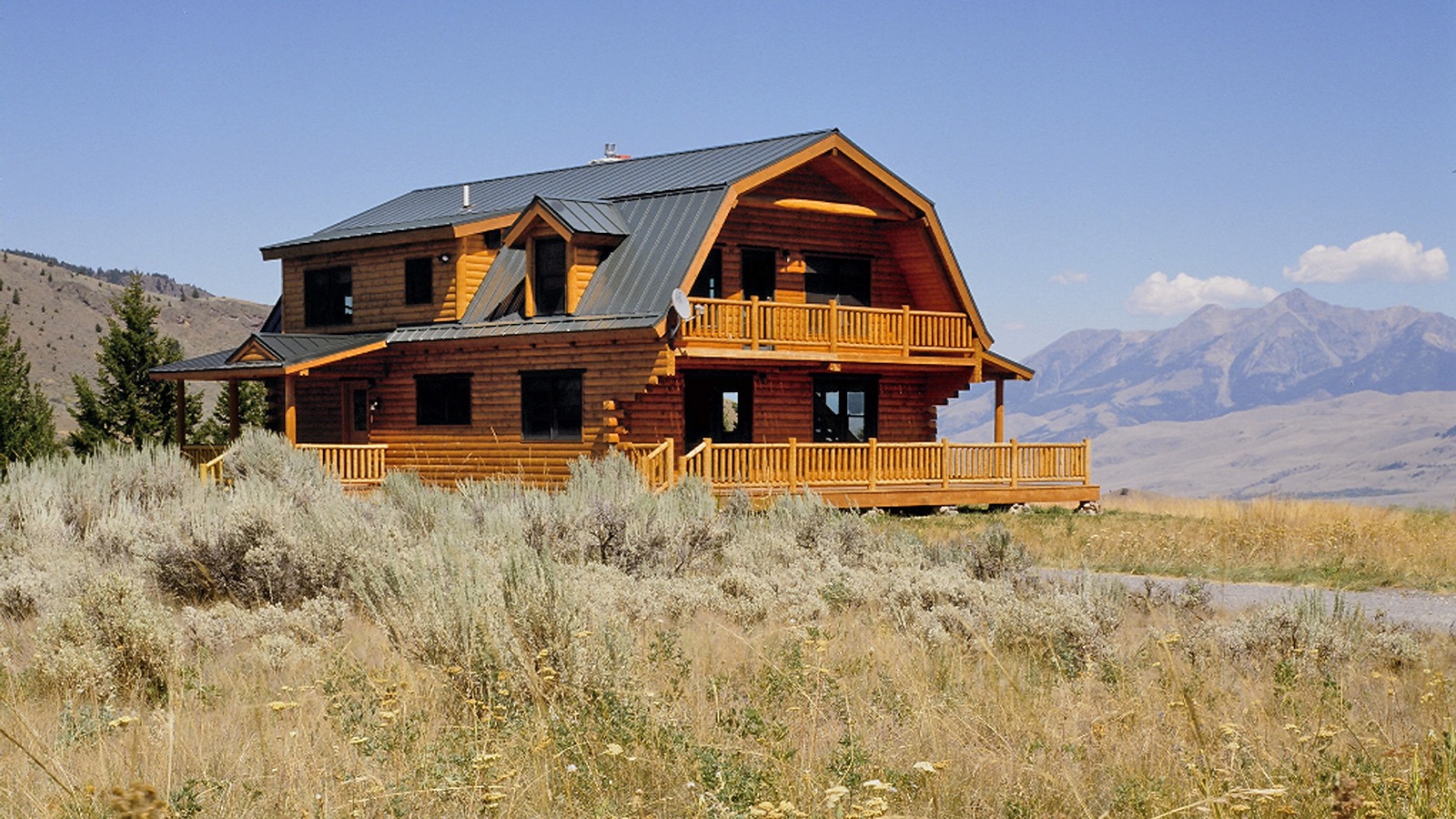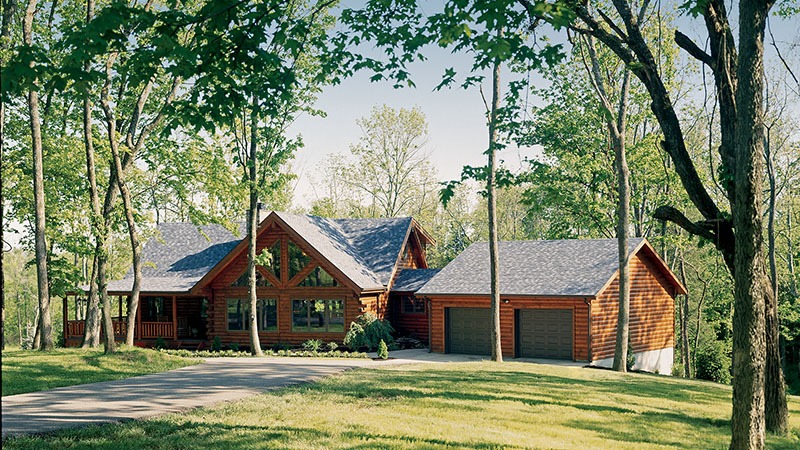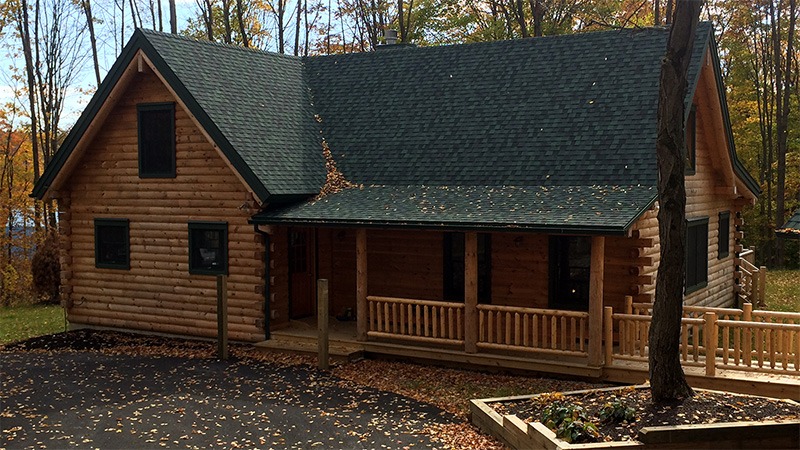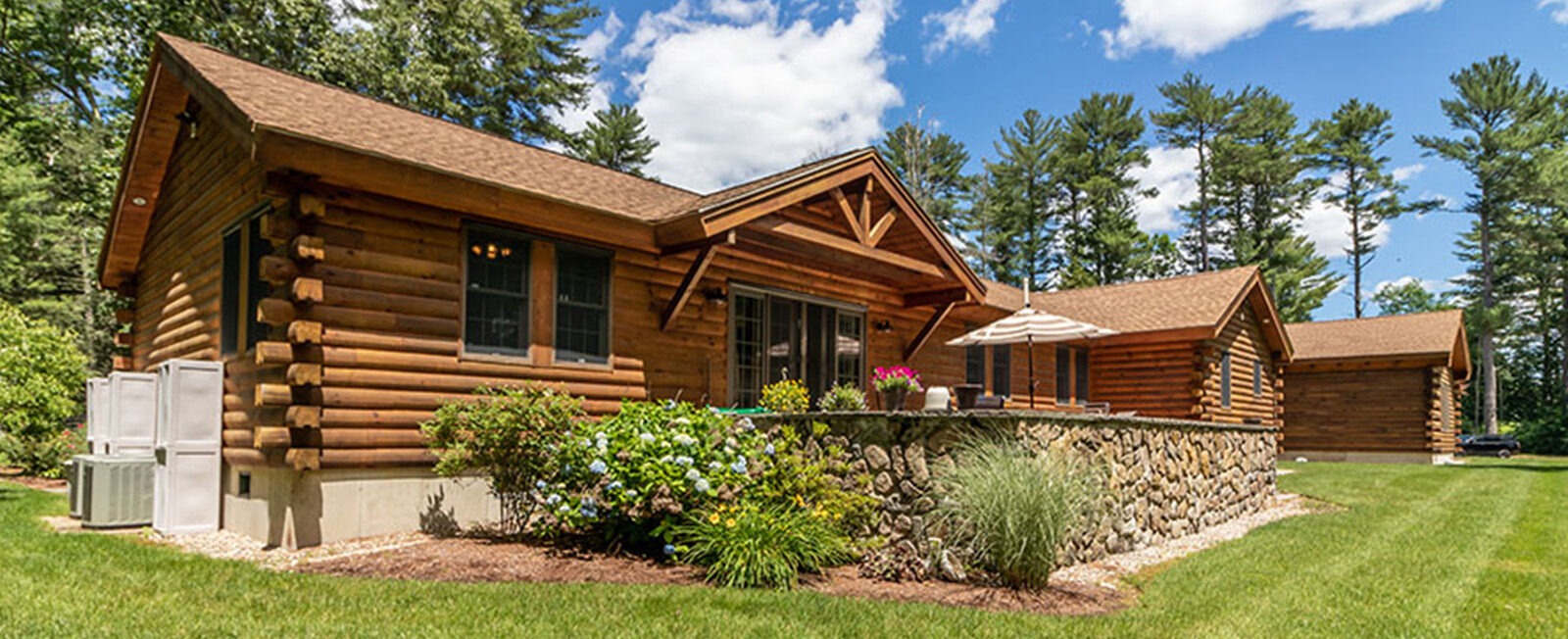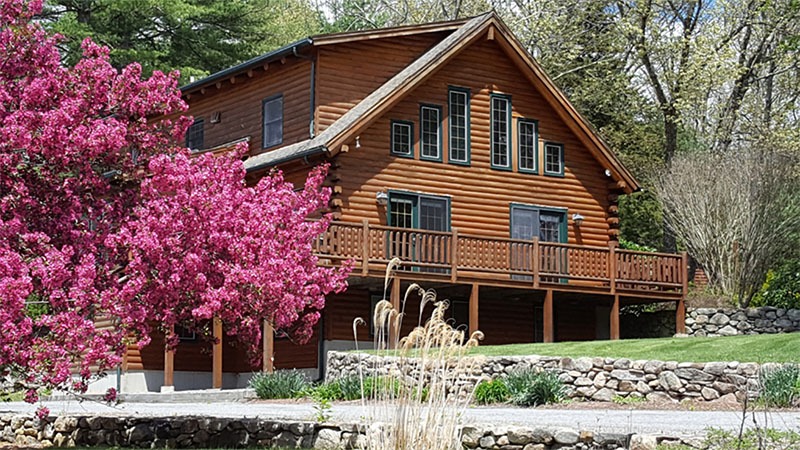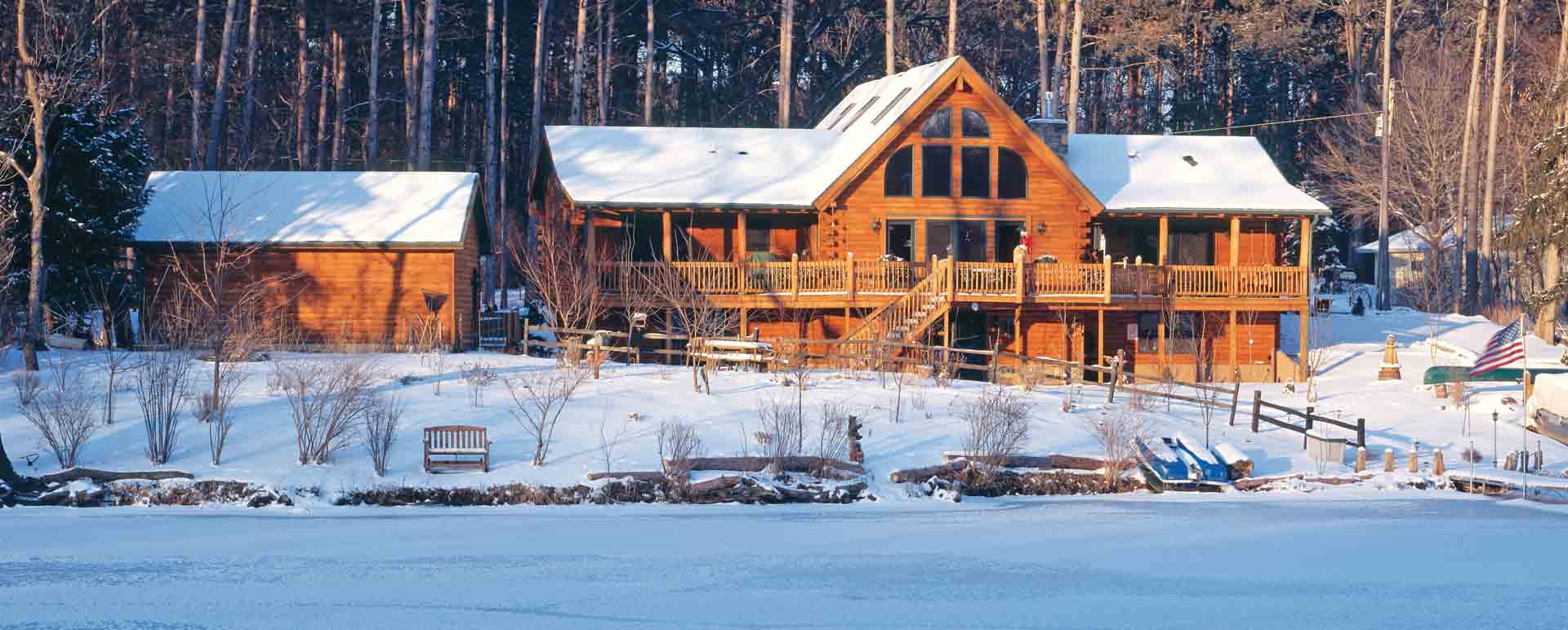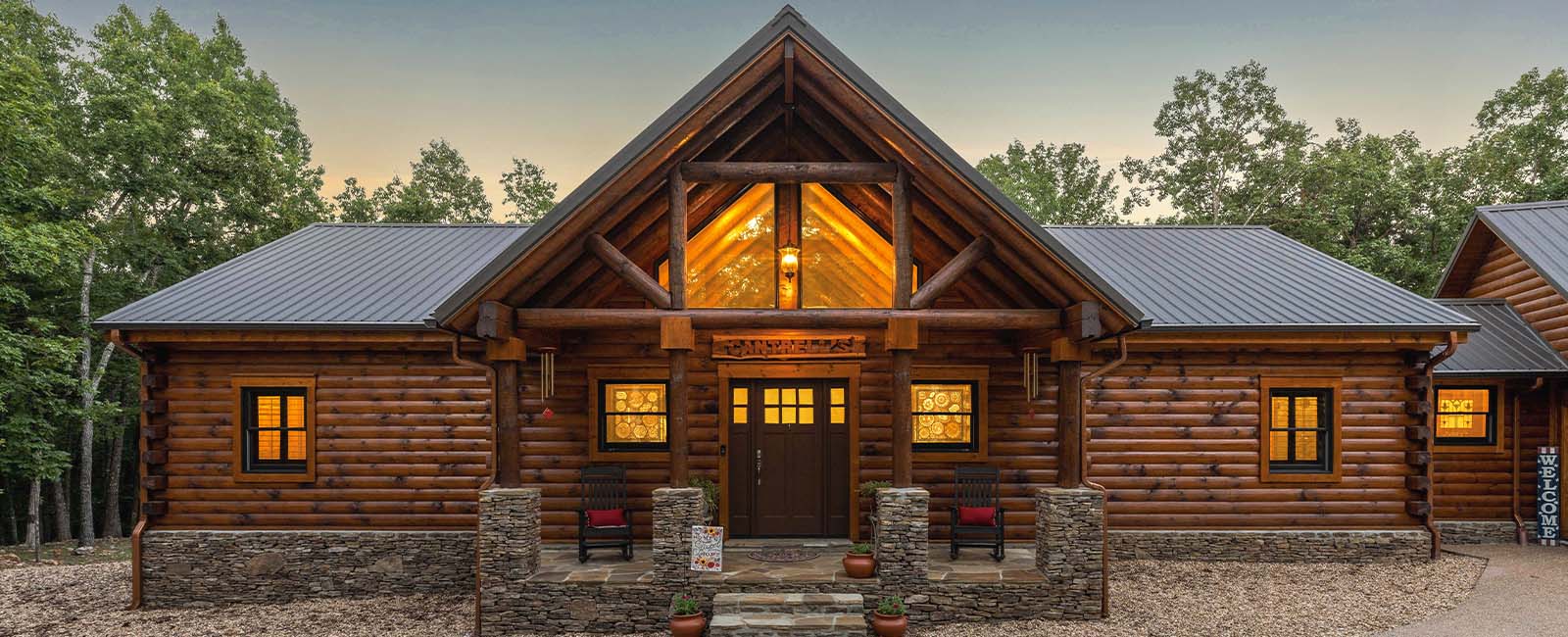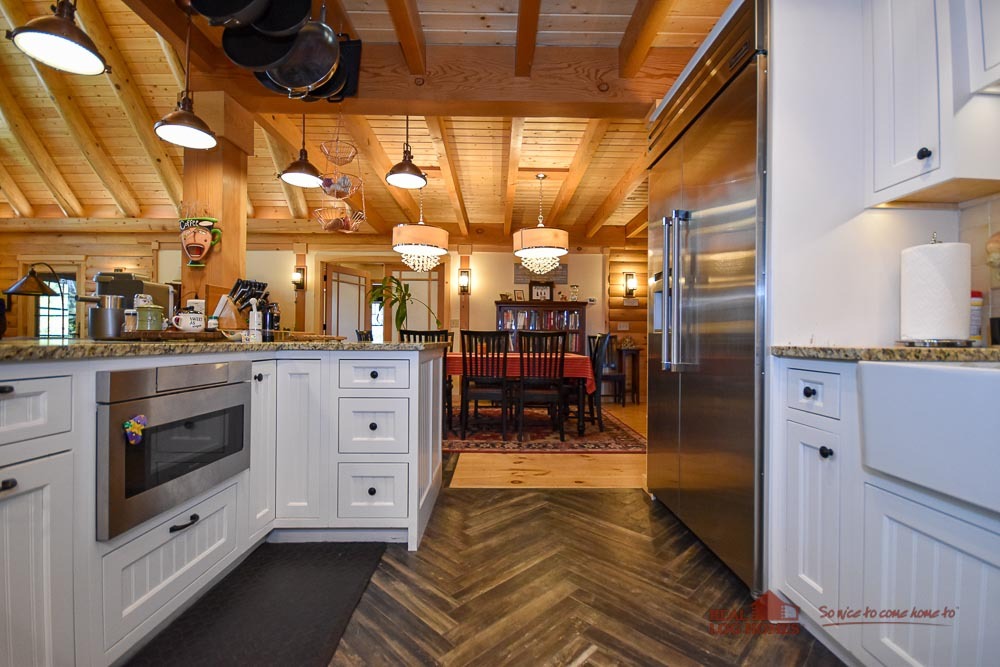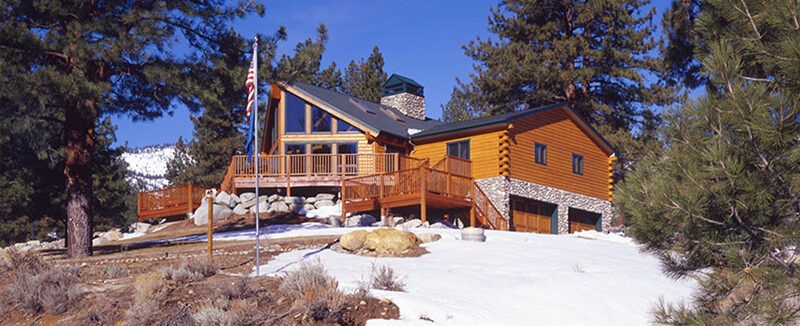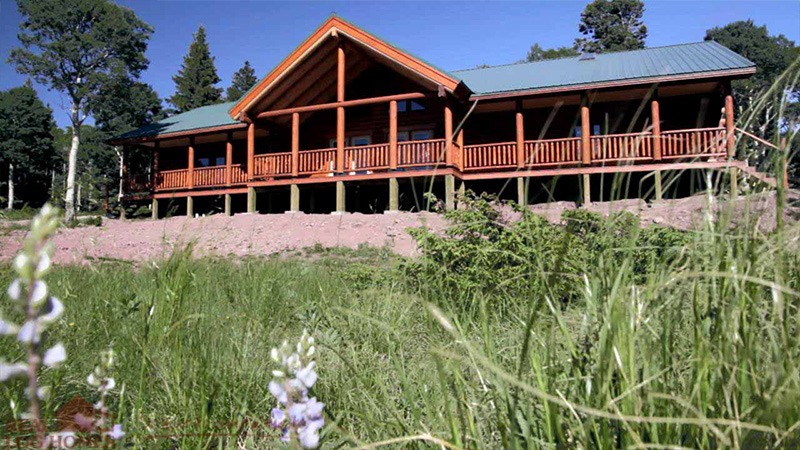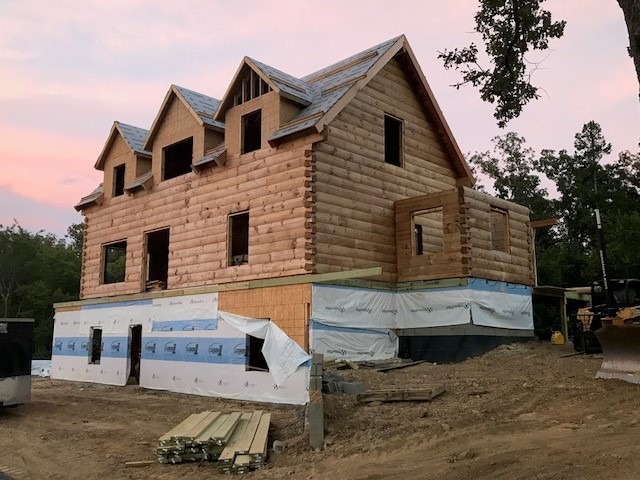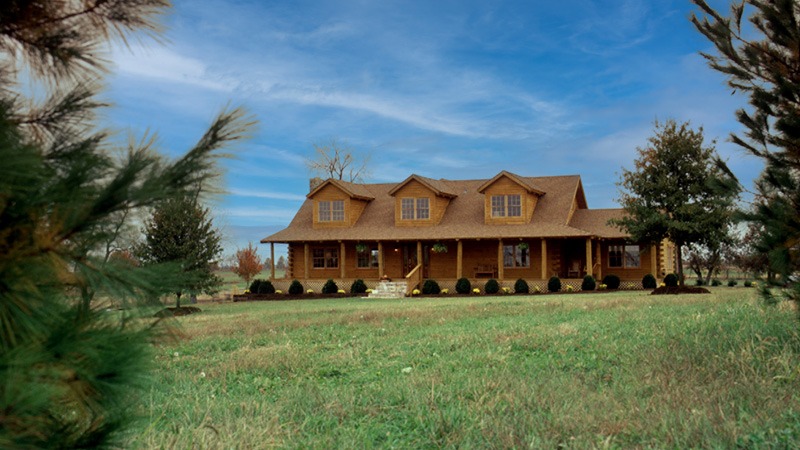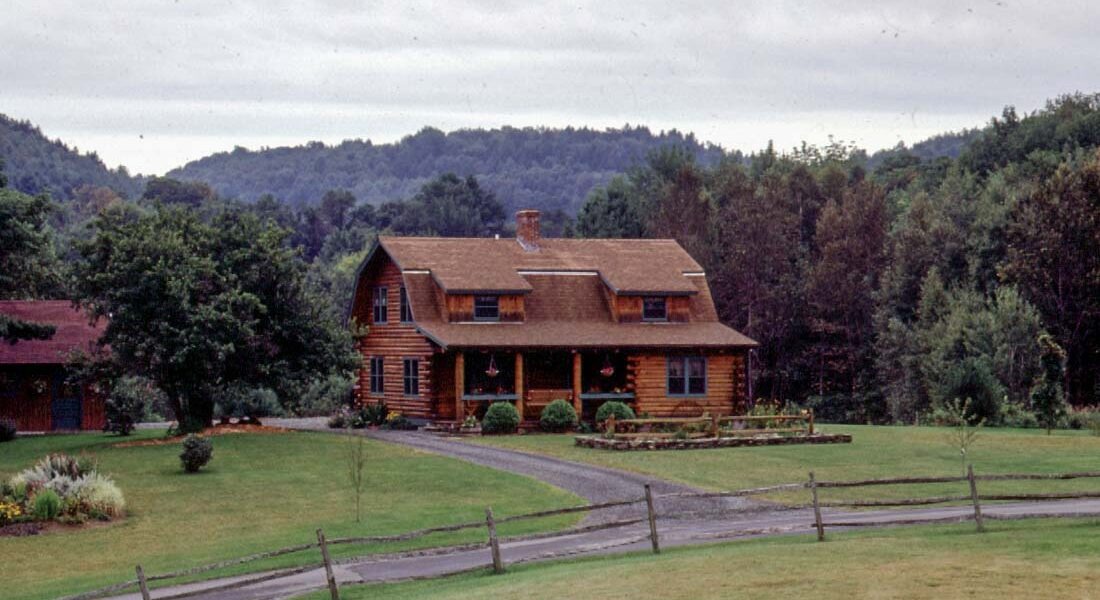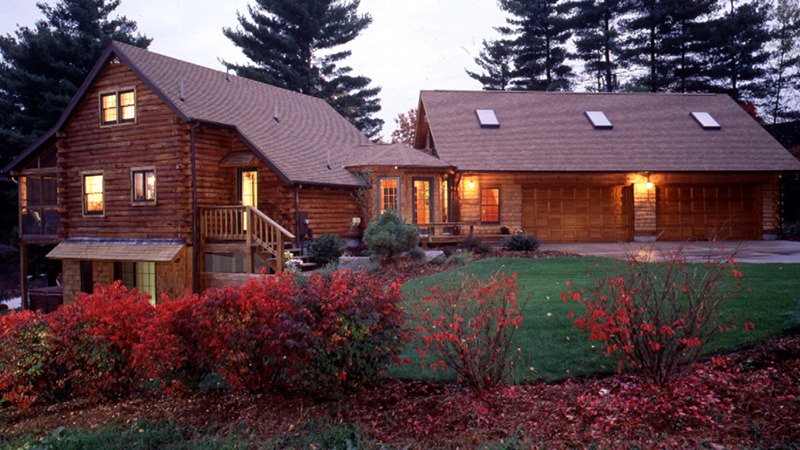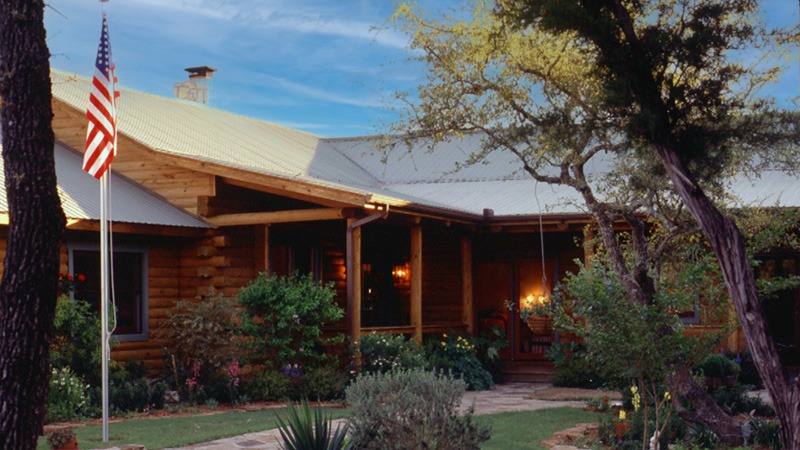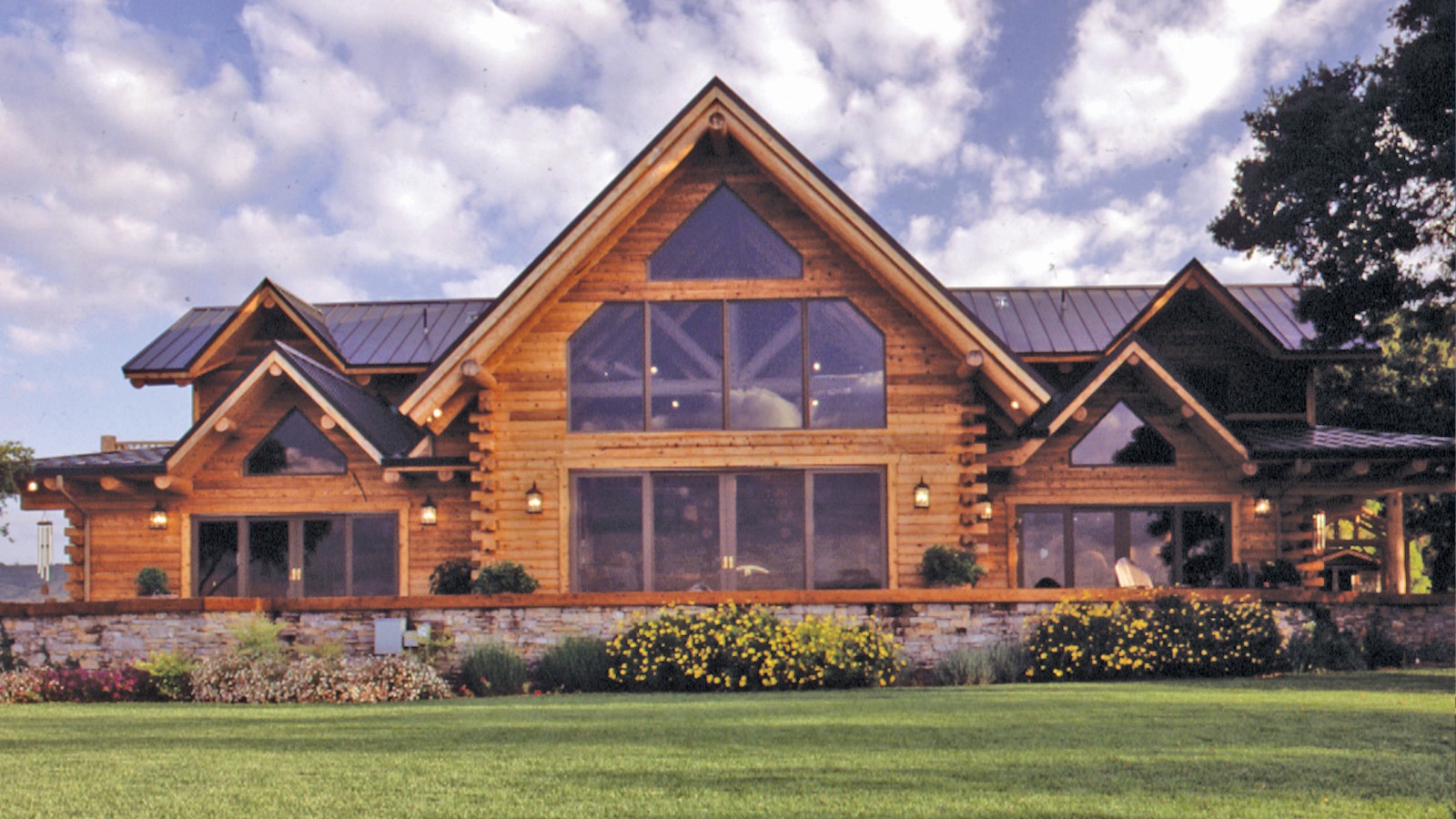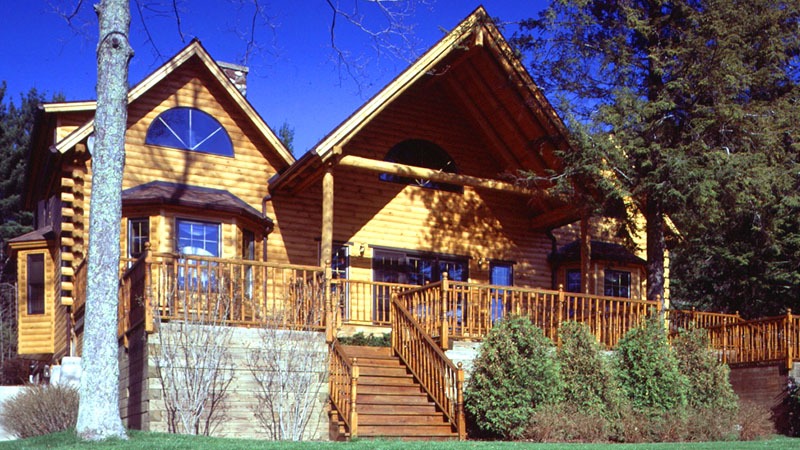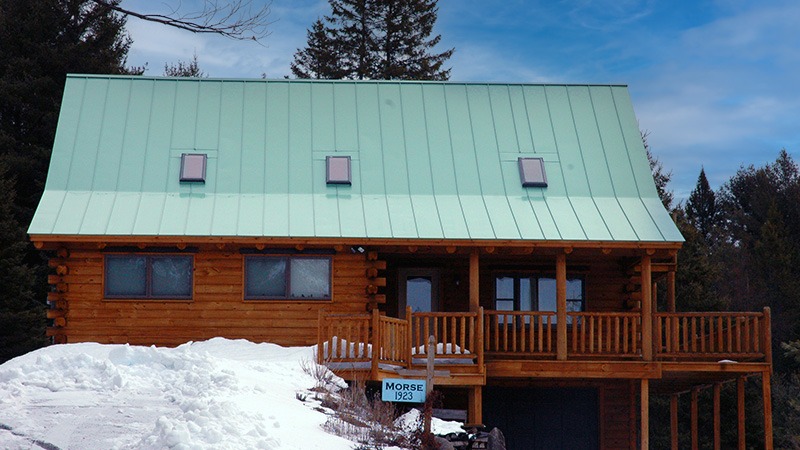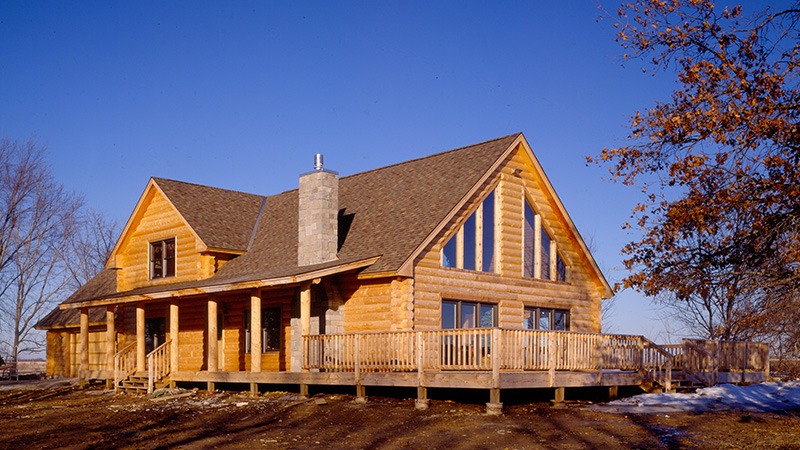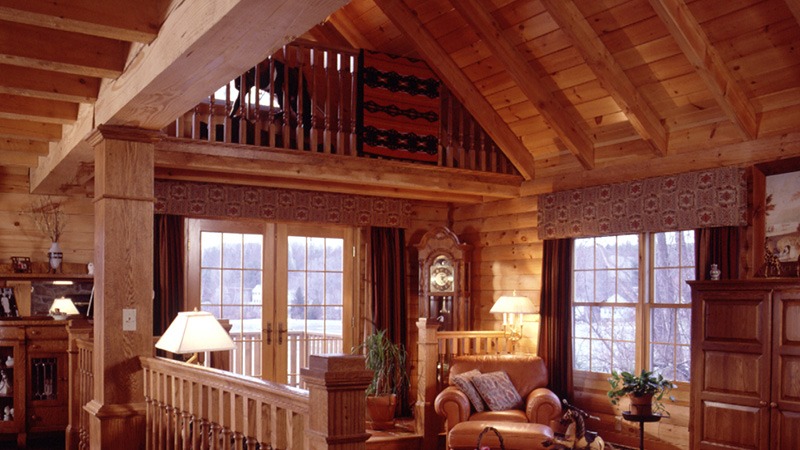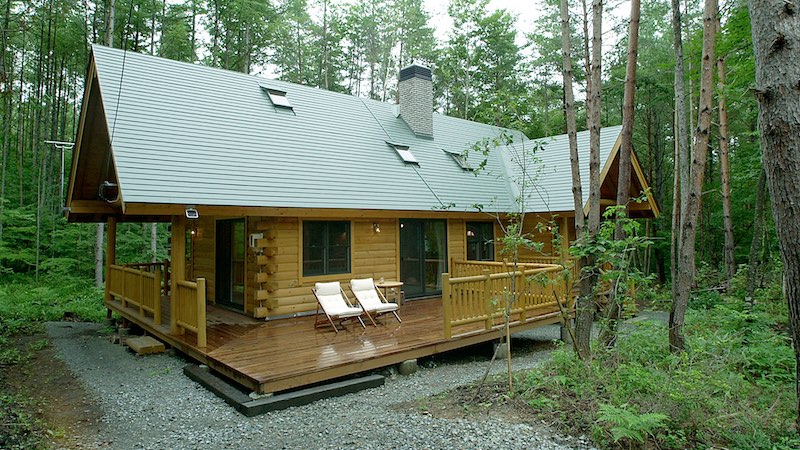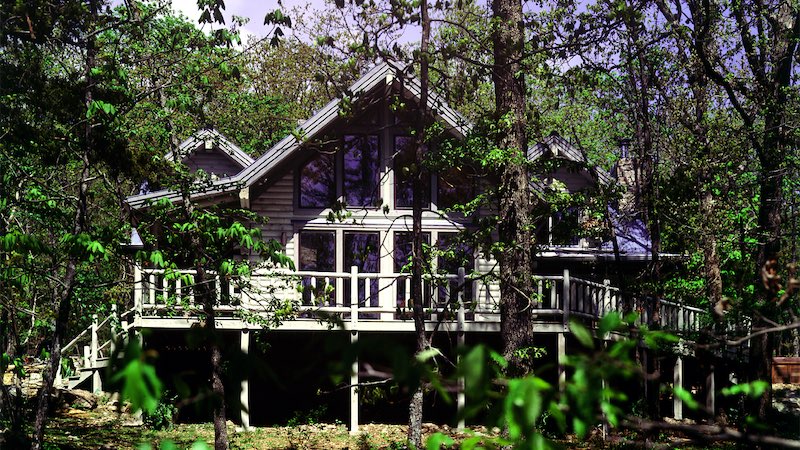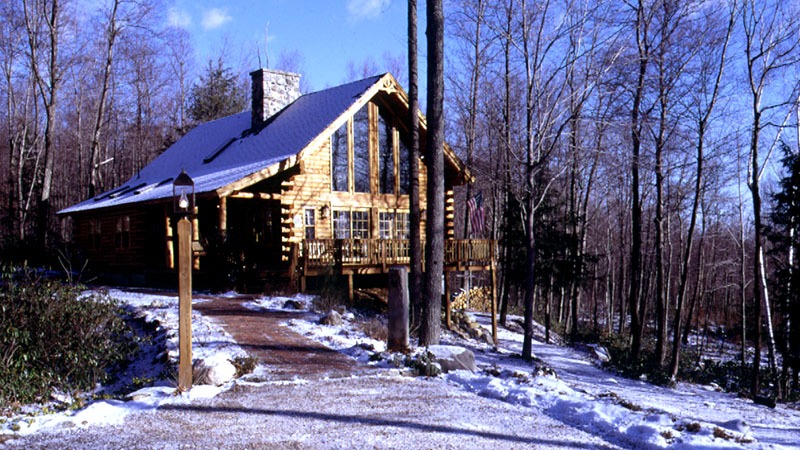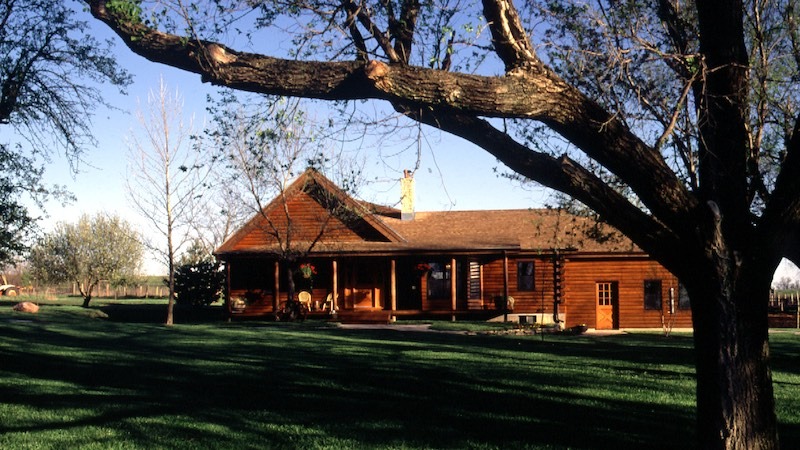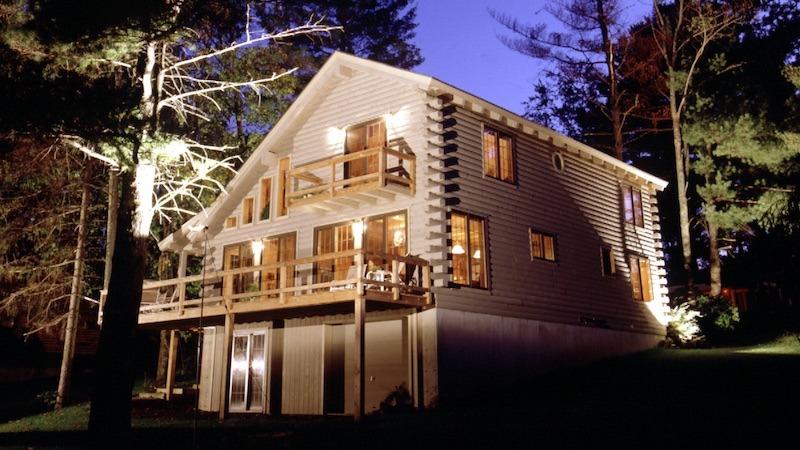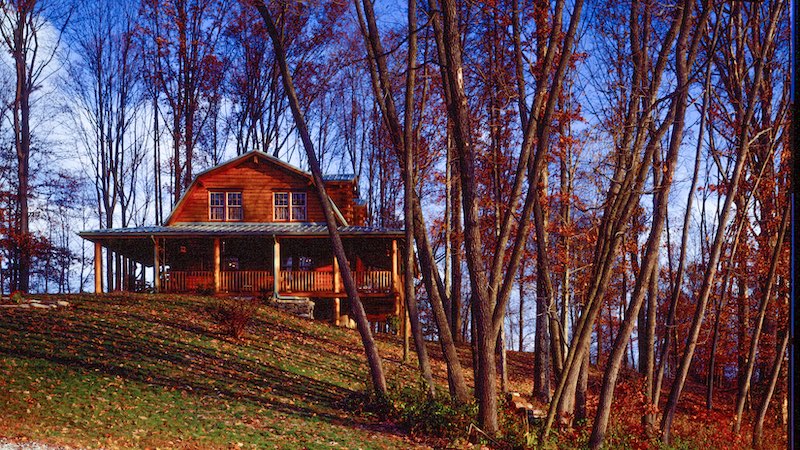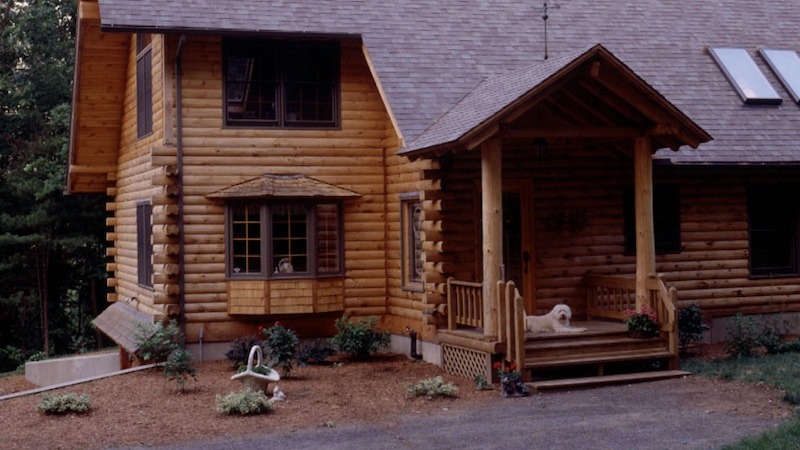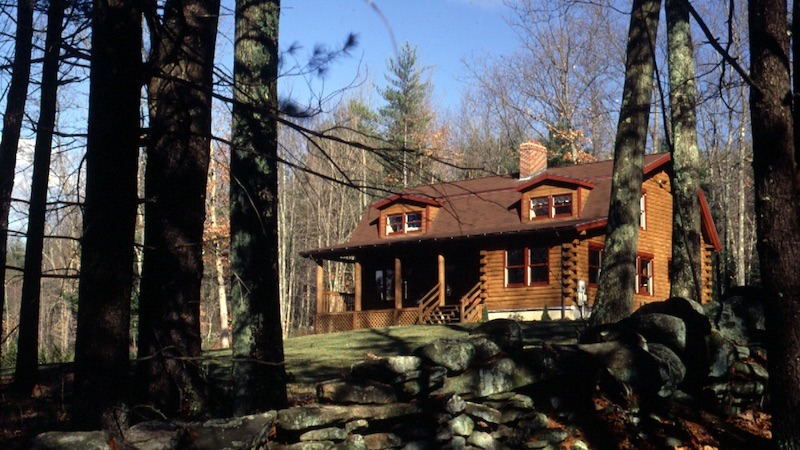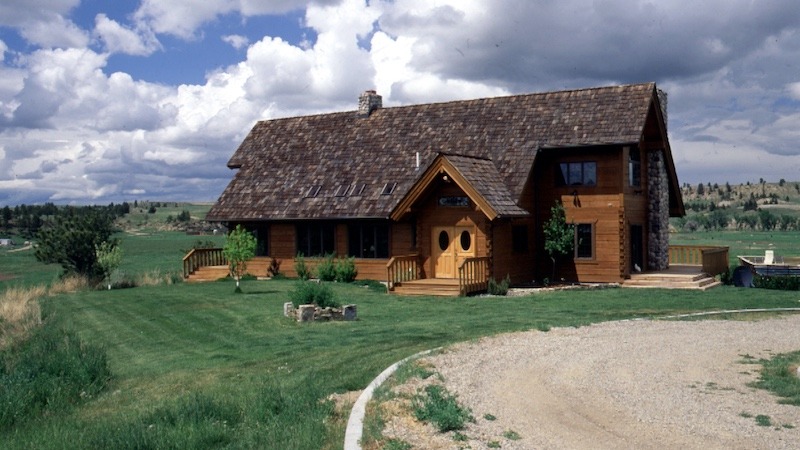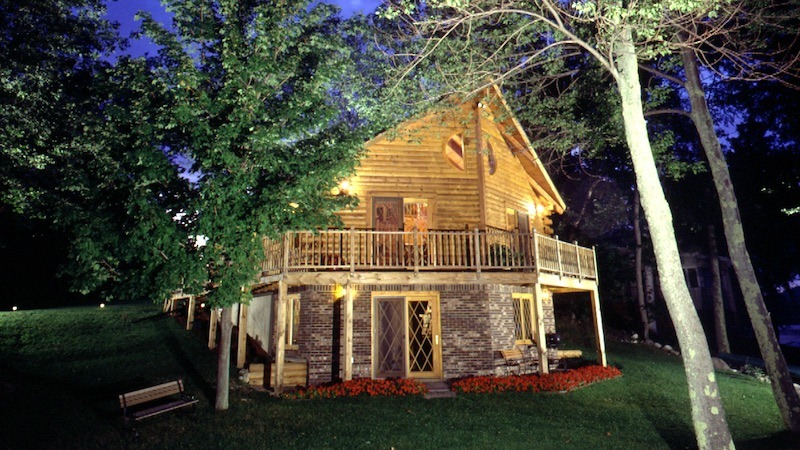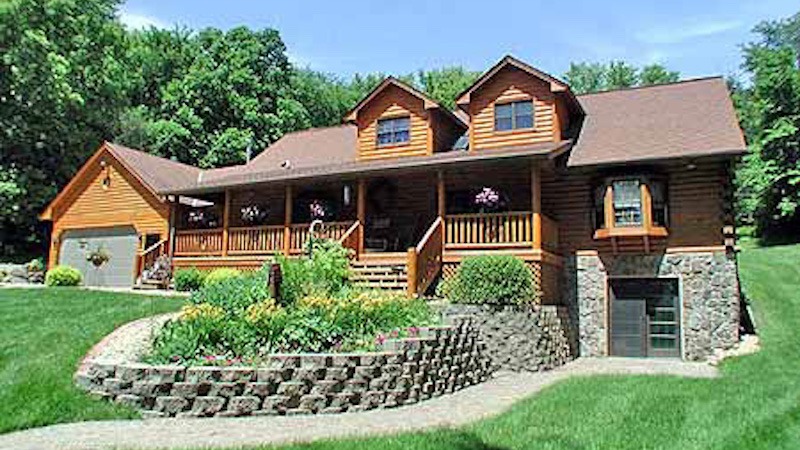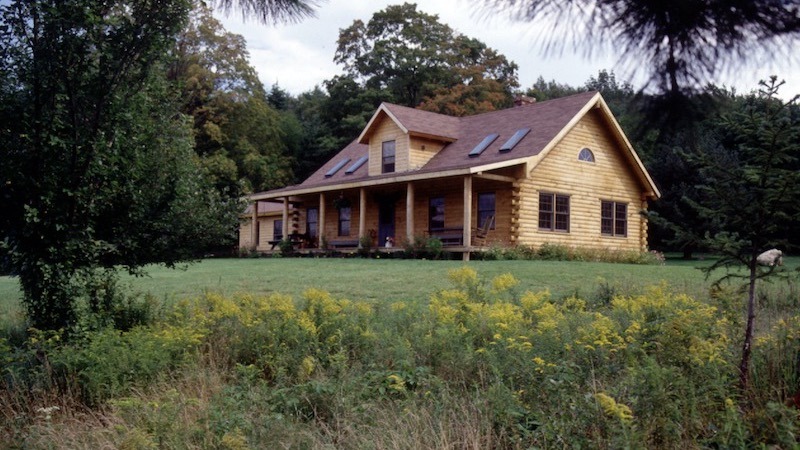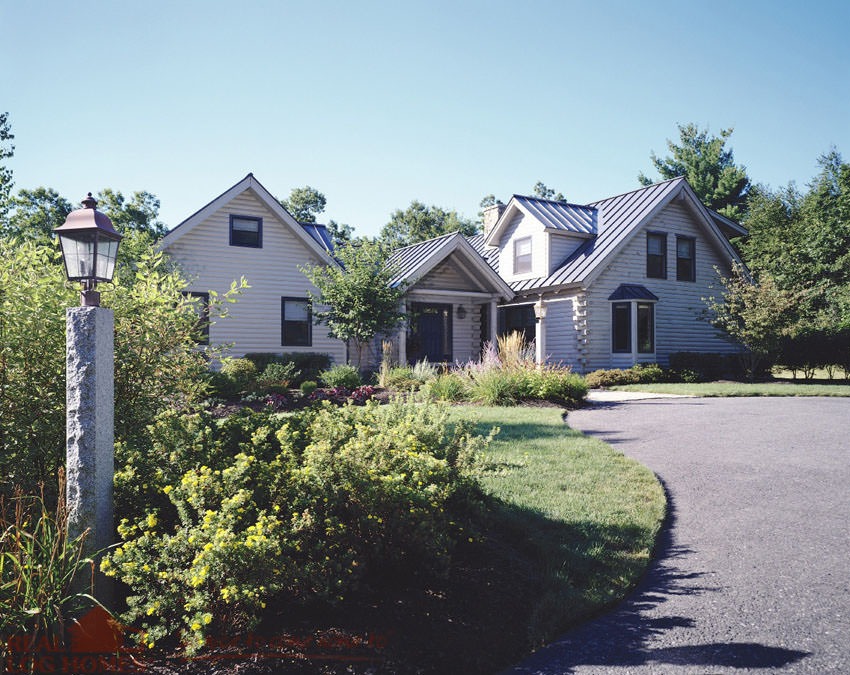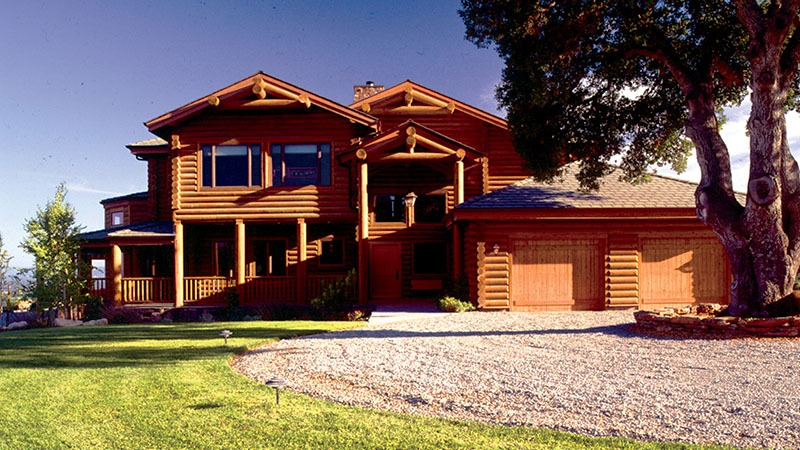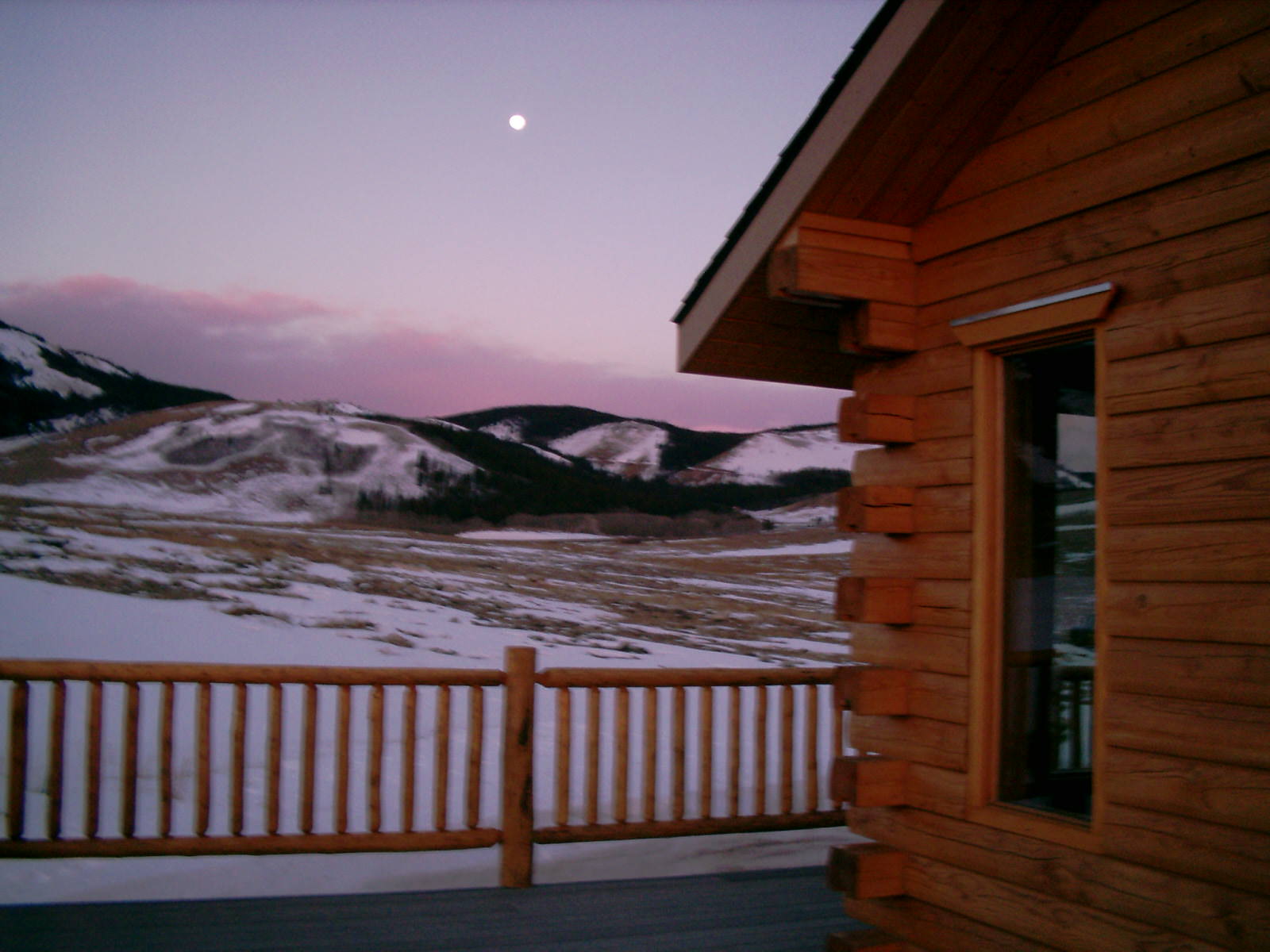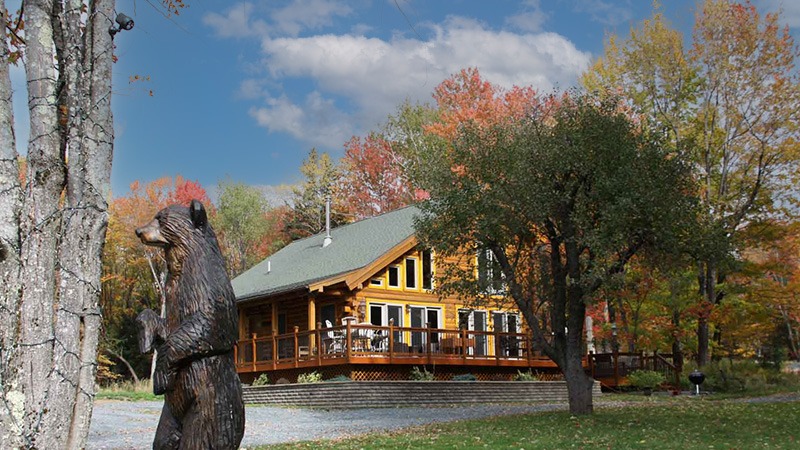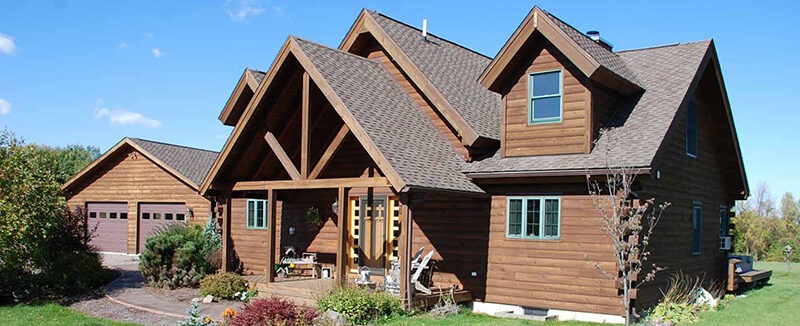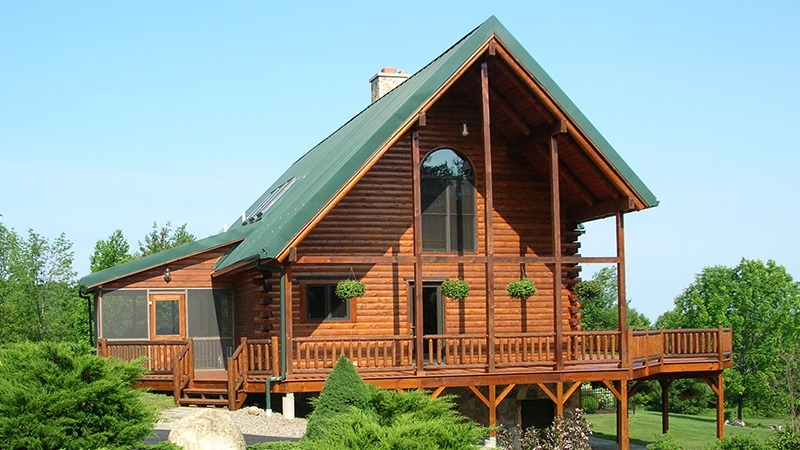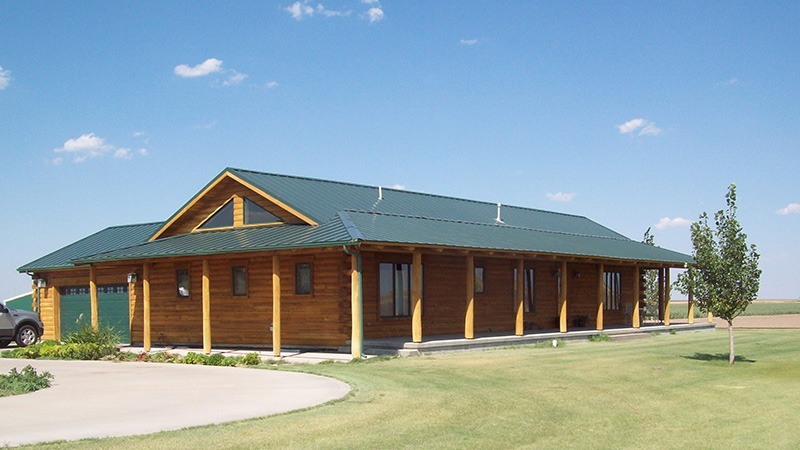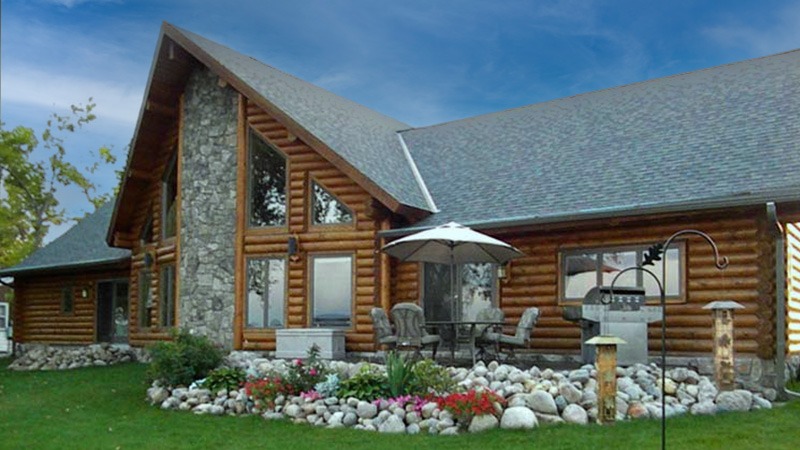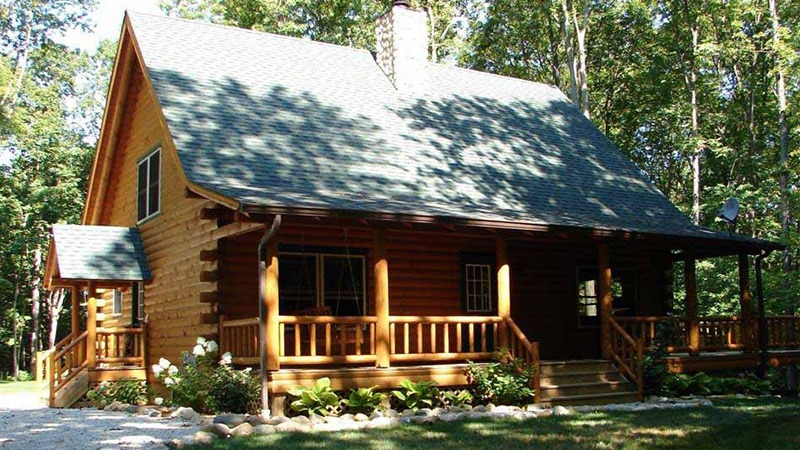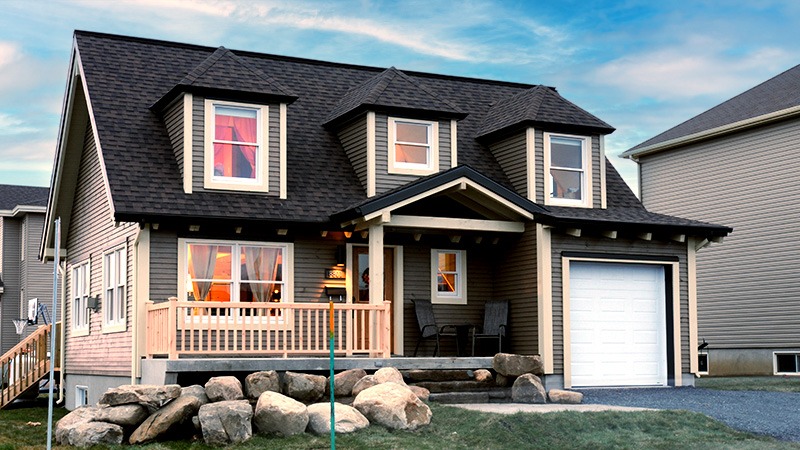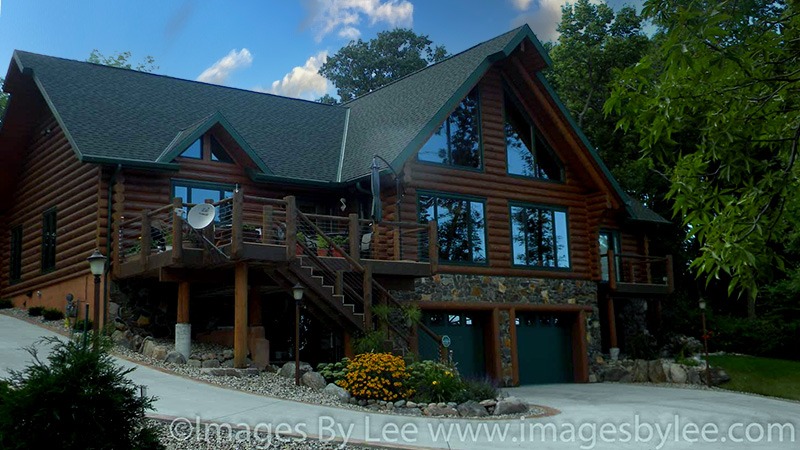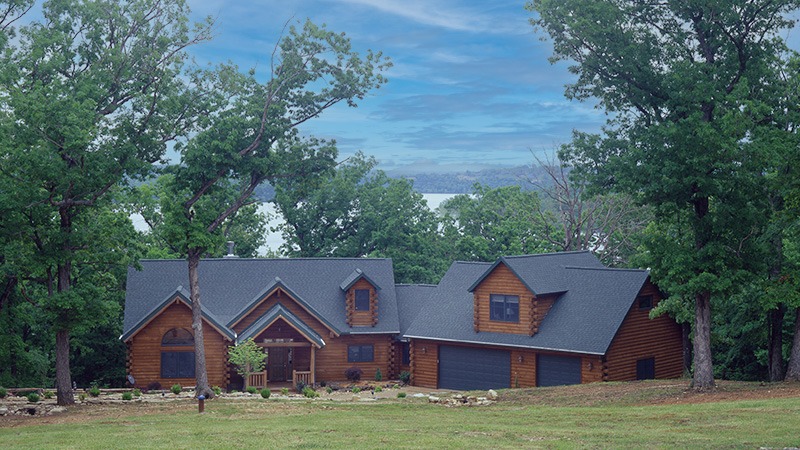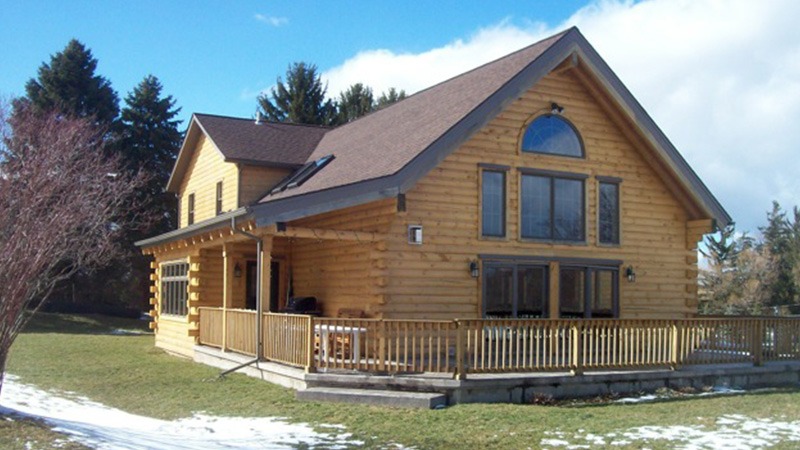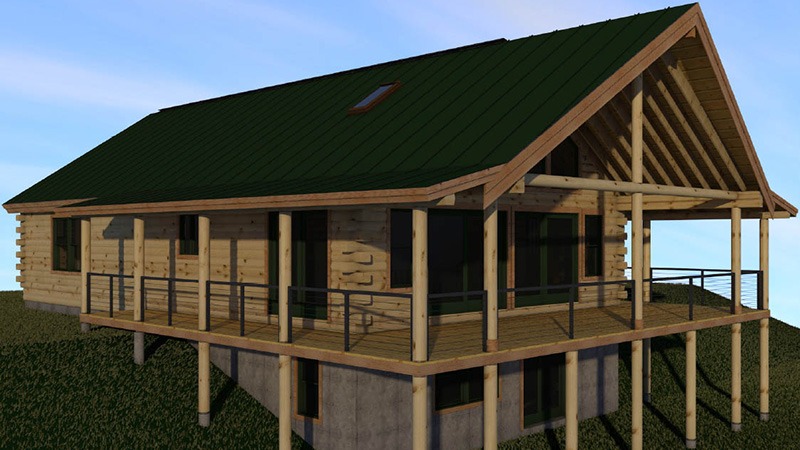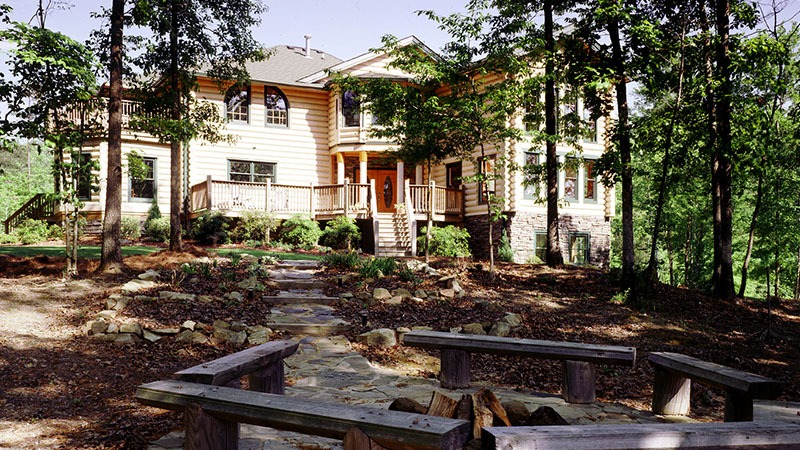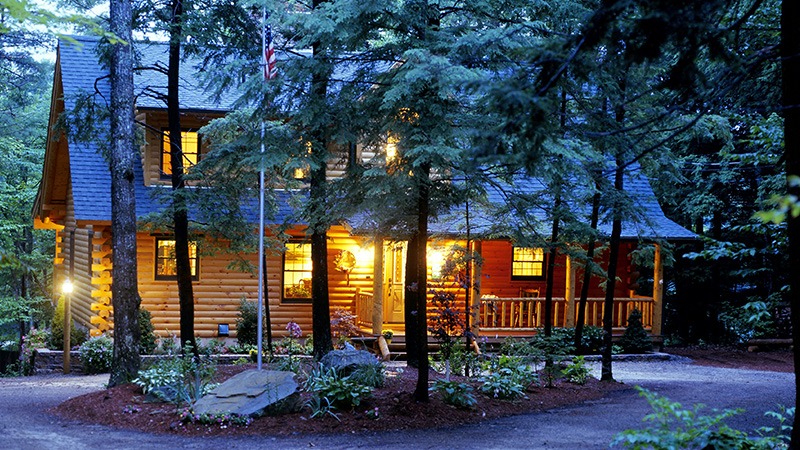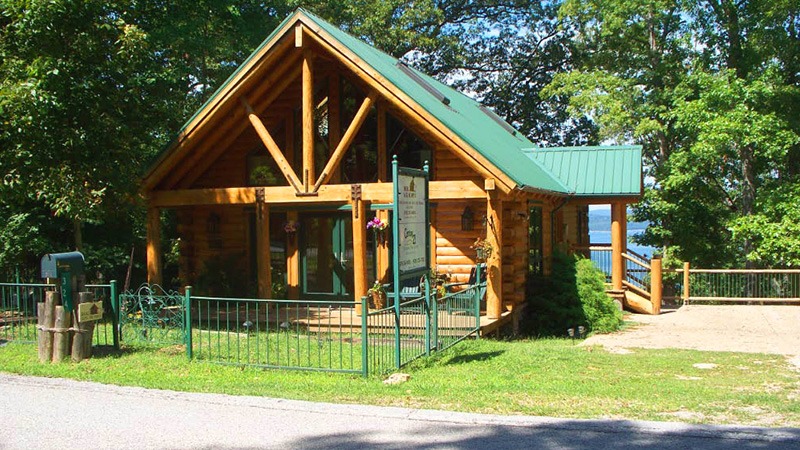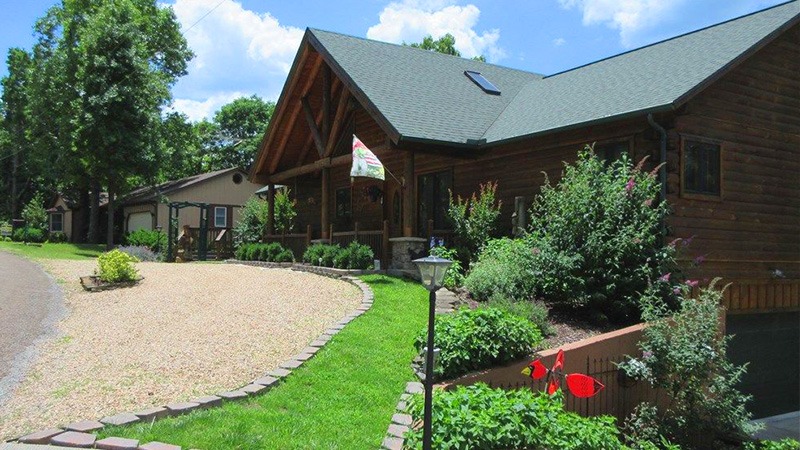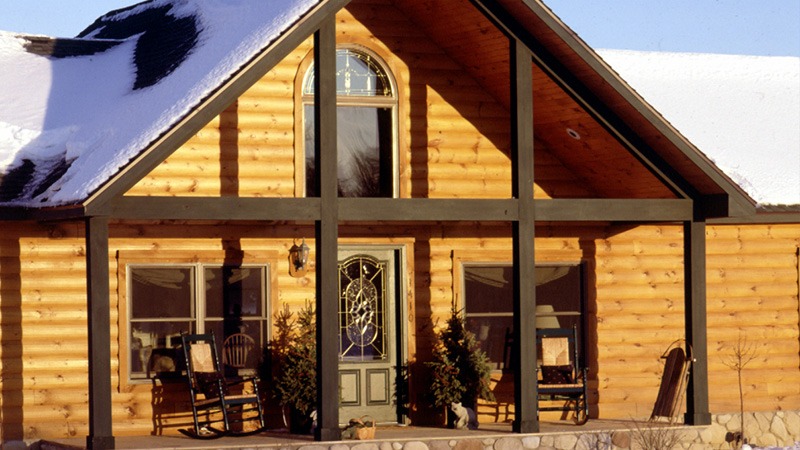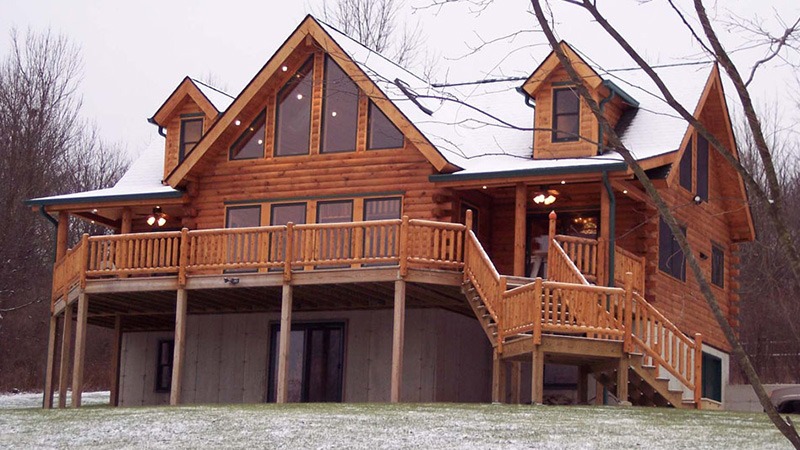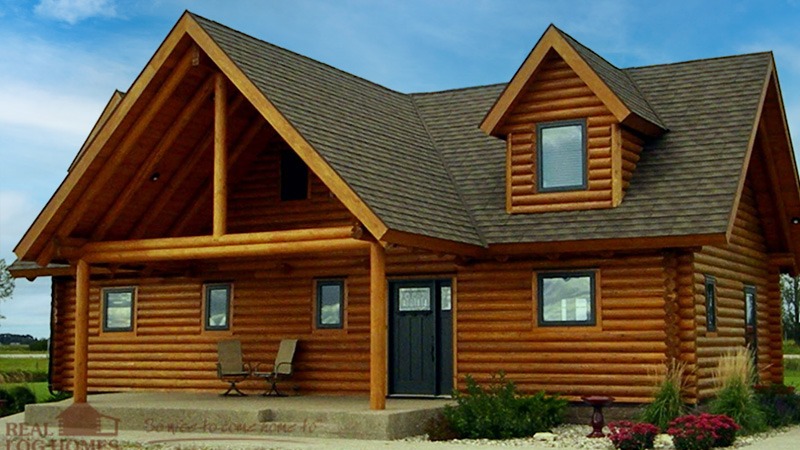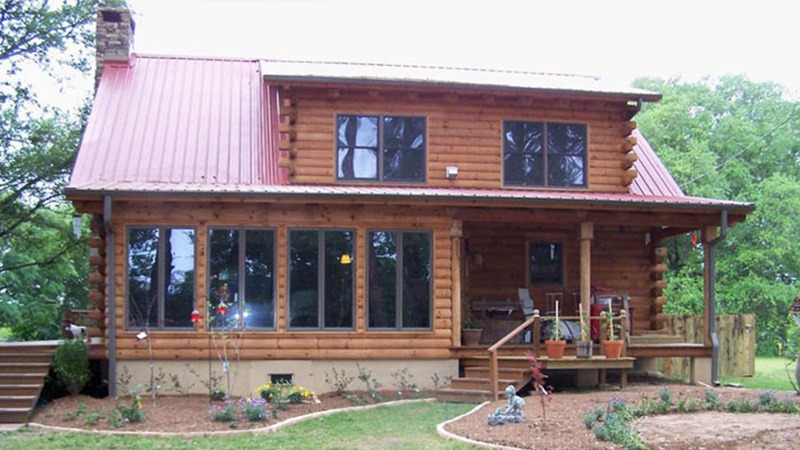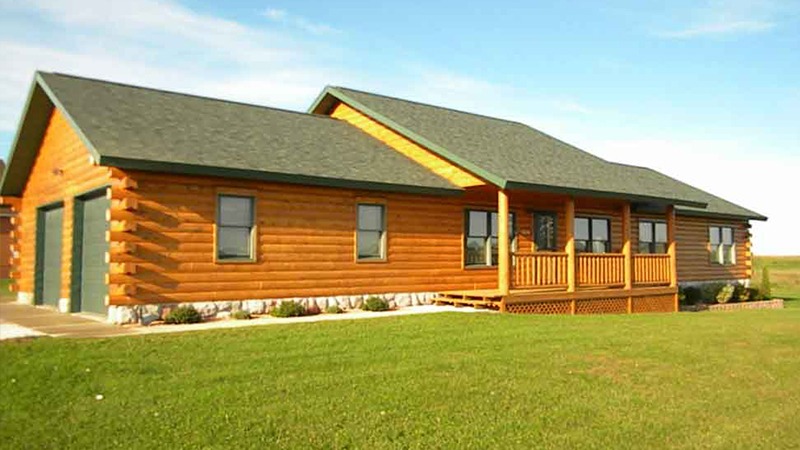This Fourth of July Weekend is set to be a warm one, with a great deal of the country experiencing high temperatures in the 90s or above. For the remainder of the summer, the National Weather Service is predicting above average temperatures in the South and West. This hot weather may get you thinking about ways to cool down your log home. While we appreciate the moderating effect of thermal mass in a log home’s walls, if the average daily temperature is above 80 degrees it can feel uncomfortably hot. Air conditioning is an option but requires a great deal of electricity to run and can therefore be expensive to operate. If you’re considering other ways of cooling your home, here are a few alternatives.
Evaporative Cooling
If you exert yourself on a warm day, you will sweat. The evaporation of water on your skin requires energy, and as a result you cool down. An evaporative cooler, also known as a swamp cooler, works on a similar principle. These cooling systems evaporate water into the air, which simultaneously cools the air and raises the relative humidity. Every gallon of water that is evaporated removes about 7400 BTU of heat from the air.
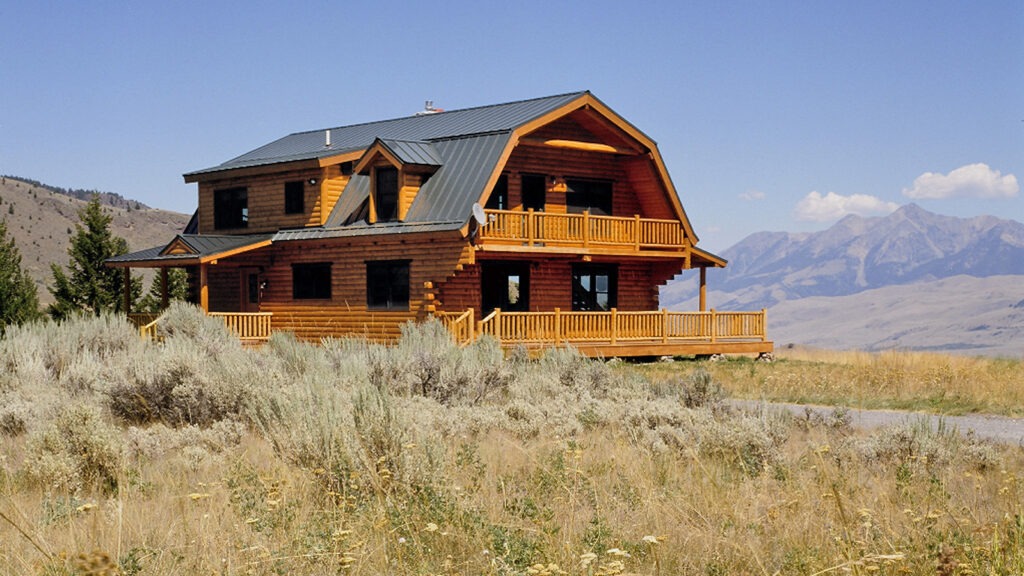
The primary advantage of evaporative cooling over air conditioning is the lower cost of operation. Conventional air conditioners require special refrigerants and compressors, which means installation costs are around double that of an evaporative unit. Furthermore, since water is much cheaper than electricity, the operation costs of evaporative cooling are around 12 percent of air conditioning.
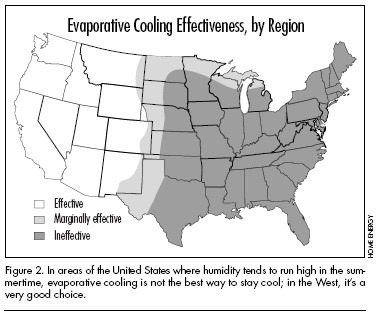
The primary drawback of evaporative cooling is that it does not work in humid climates. Since water does not evaporate well in high humidity, conventional air conditioning is a much better choice in humid environments. Conversely, in dry environments like the Mountain and Desert West, the increased humidity levels can aid comfort. Another disadvantage is that evaporative coolers do not filter the air, which can be important for allergy sufferers.
Ground Source Heat Pumps
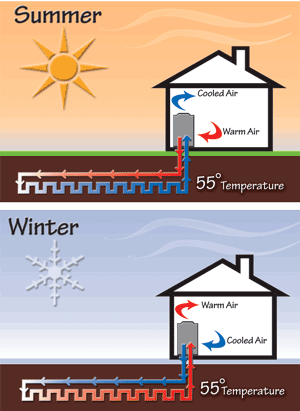
Conventional air conditioning is an air source heat pump, which means that it pumps heat from the inside of your home to the air outside your home. One issue with such a system is that it is much less efficient to pump heat outside when the temperature is high and you need air conditioning the most. A ground source heat pump (GSHP) uses the ground as a heat sink, which remains at a much lower temperature. The ground has enormous thermal mass, so below 20 feet down the ground remains constant at the average yearly air temperature. This makes it an efficient reservoir to pump heat to in the summer and extract heat from in the winter.
While this more efficient system means lower energy bills, the increased installation cost means that it usually only makes sense to install if a GSHP is an effective heating solution for you as well. Typically, if natural gas is available for heat then a GSHP will not make sense, but if you use heating oil or electric heating then the payback time for a GSHP can be less than five years. Tax incentives may also be available for installing a GSHP system.
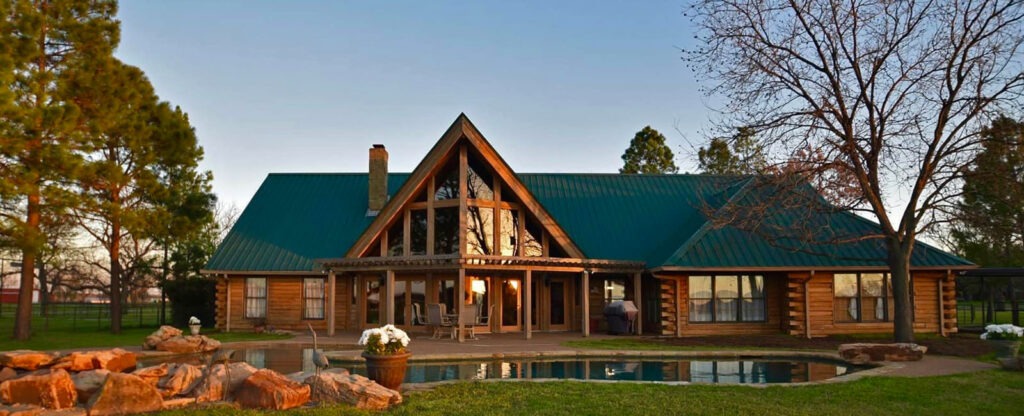
No matter what cooling method you choose for your log home, there is something about sitting by the pool with some iced tea that makes for the best cooling. If you have any questions about the homes featured in this post or would like information on designing your own log home, please contact Real Log Homes. We hope you all enjoy a safe and wonderful 4th of July and stay cool!
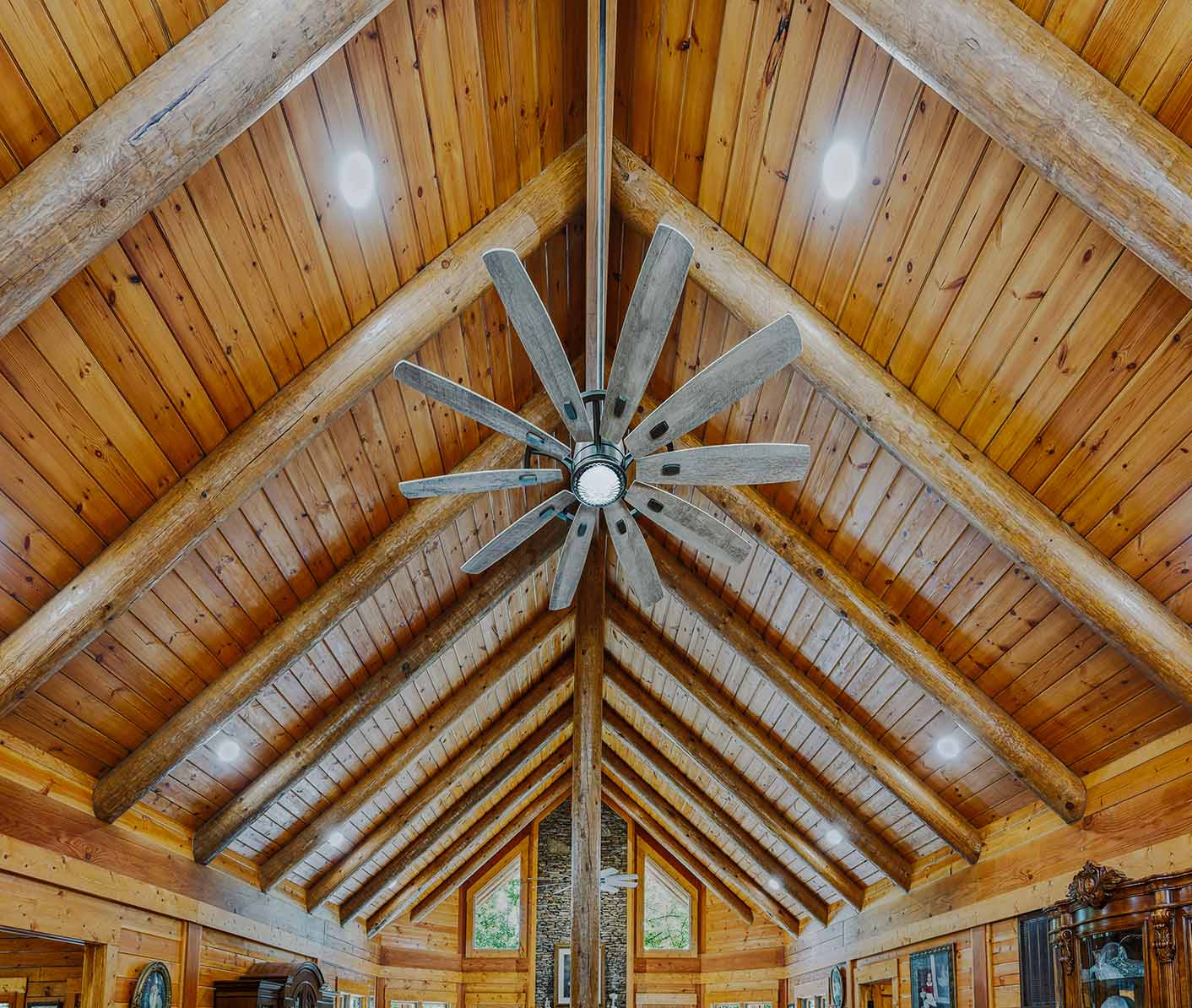
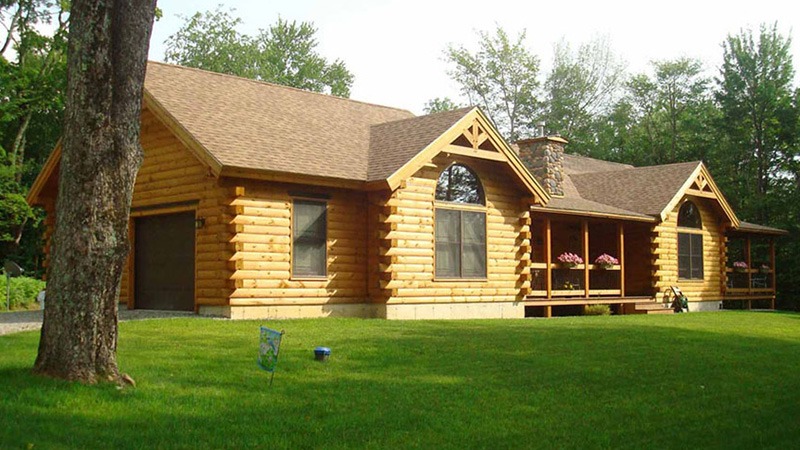
![[KAB-IN] Vermont - Renovated 1972 Real Log Homes Rental Cabin](https://realloghomes.com/wp-content/uploads/2019/03/Cavendish-KAB-IN-Woodstock-VT-51.jpg)
